-
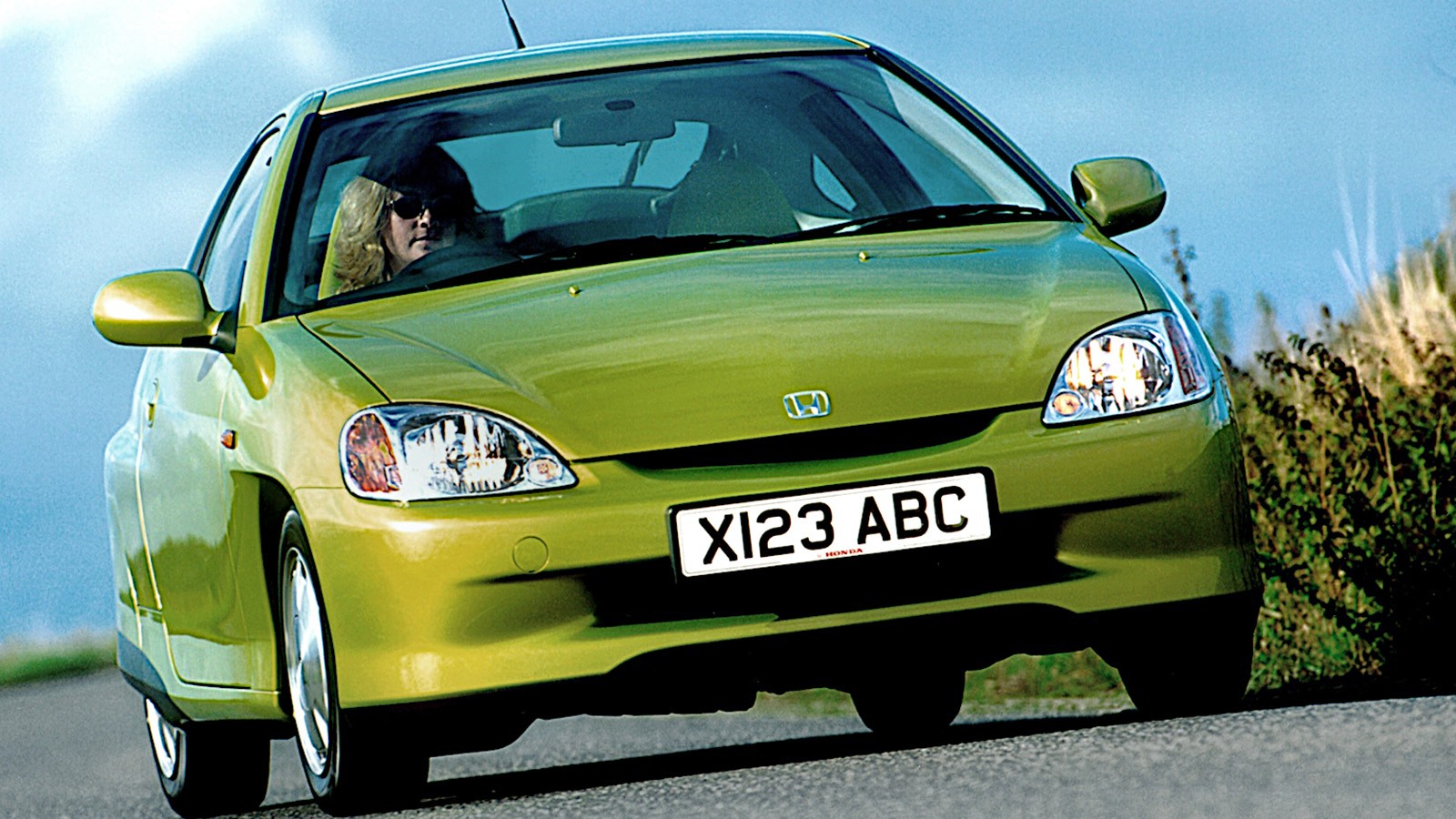 © Honda
© Honda -
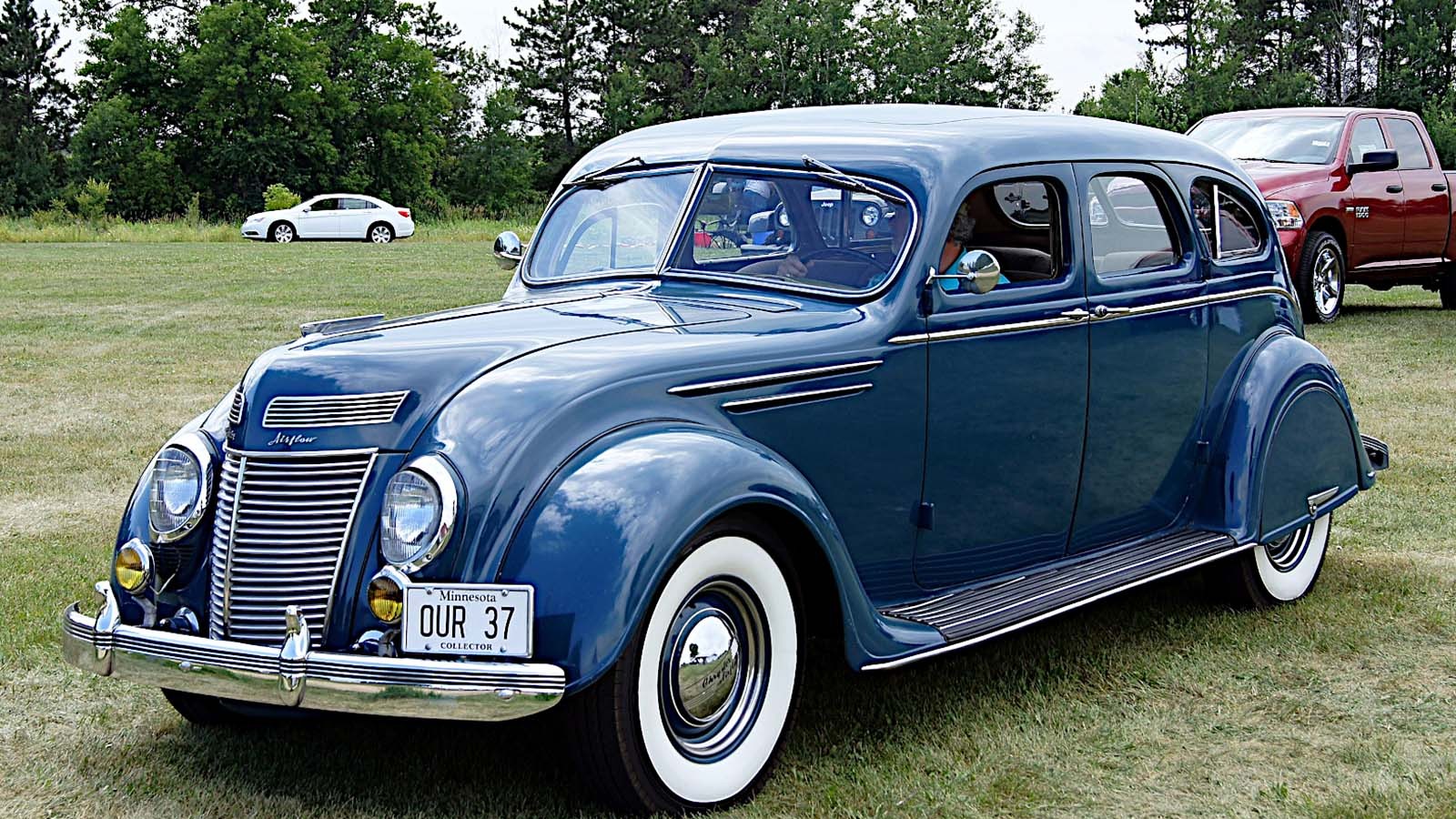 © Greg Gjerdingen/Creative Commons licence https://creativecommons.org/licenses/by/2.0/legalcode
© Greg Gjerdingen/Creative Commons licence https://creativecommons.org/licenses/by/2.0/legalcode -
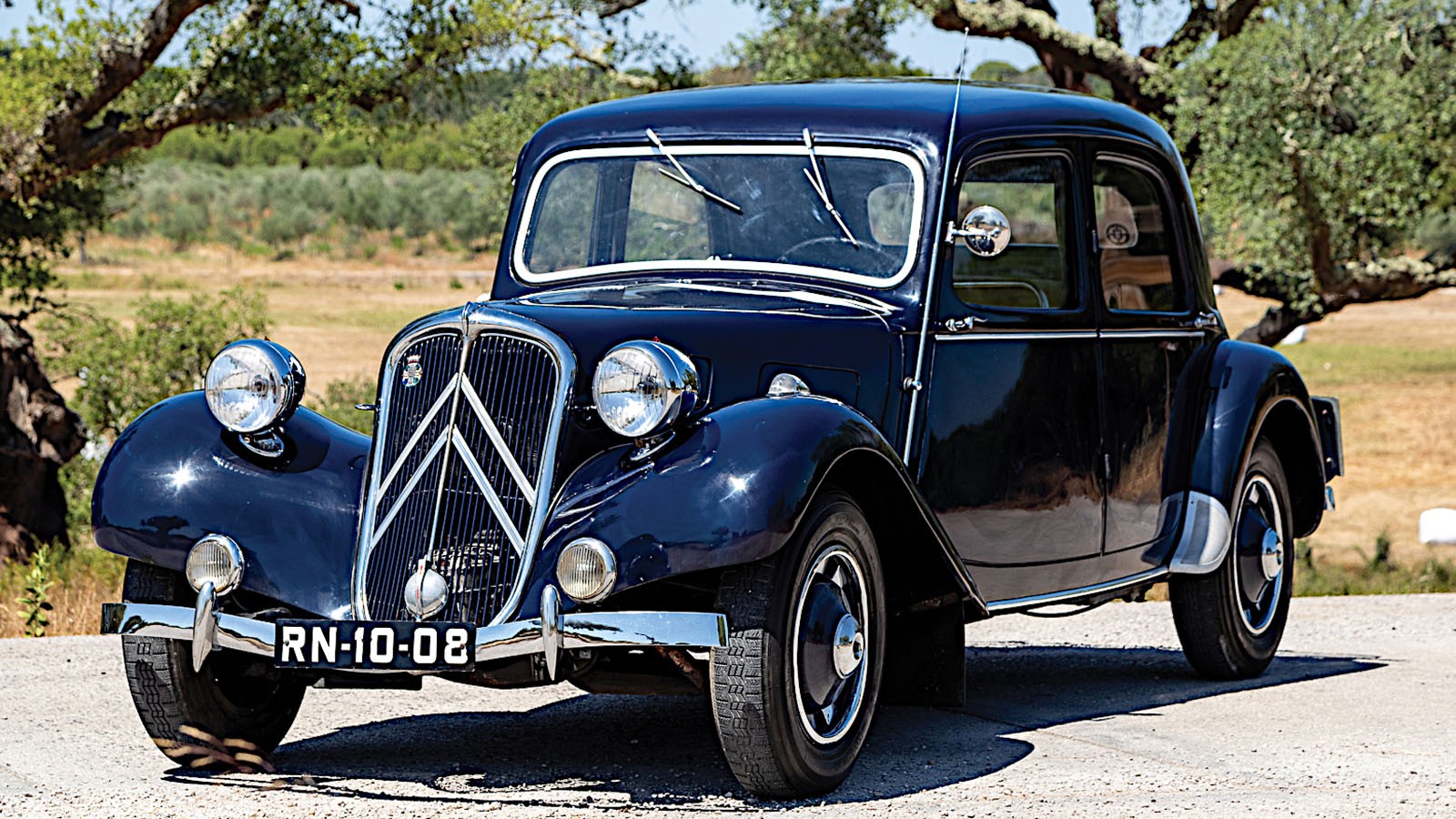 © Bernard Lúcio
© Bernard Lúcio -
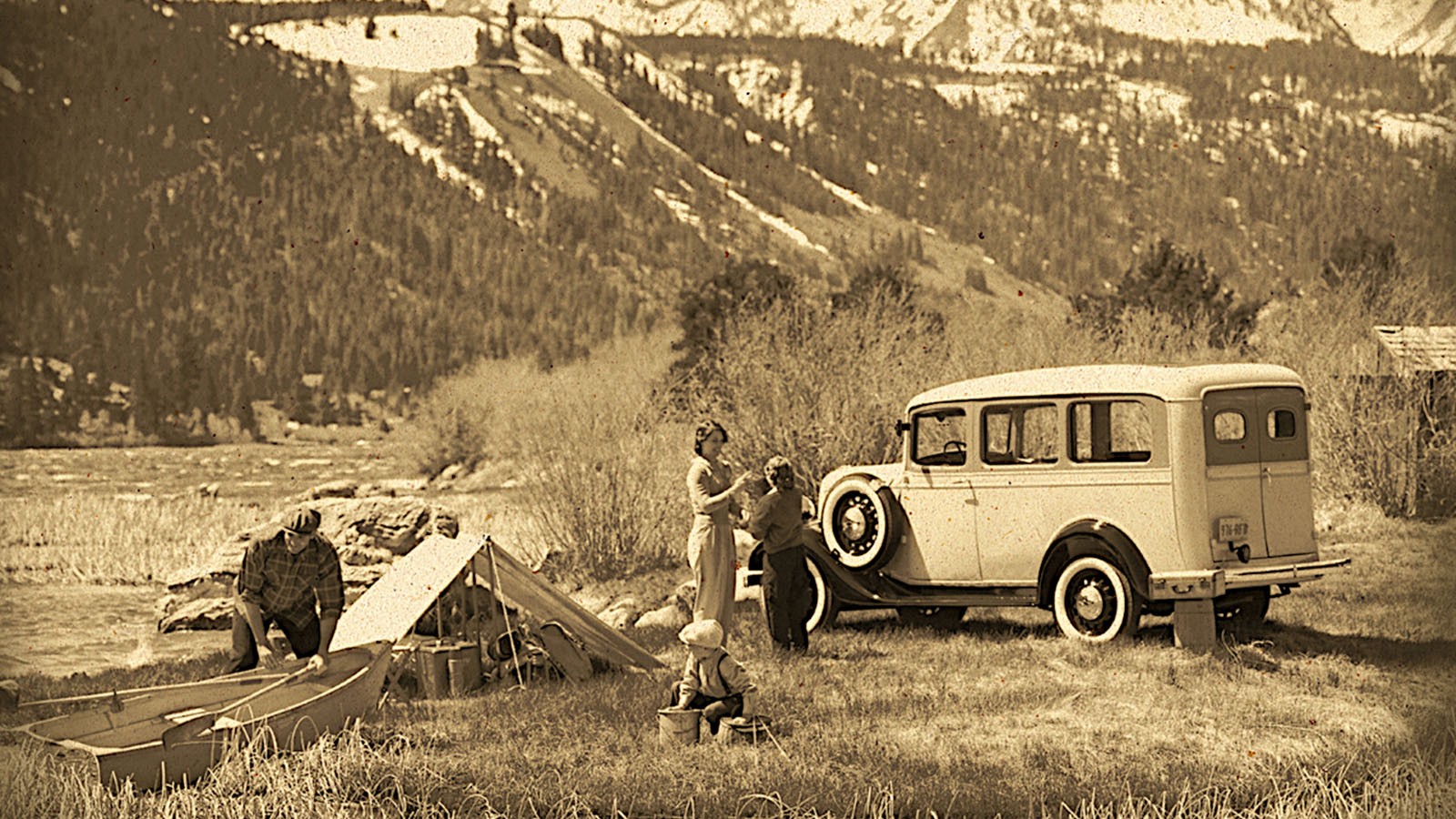 © GM
© GM -
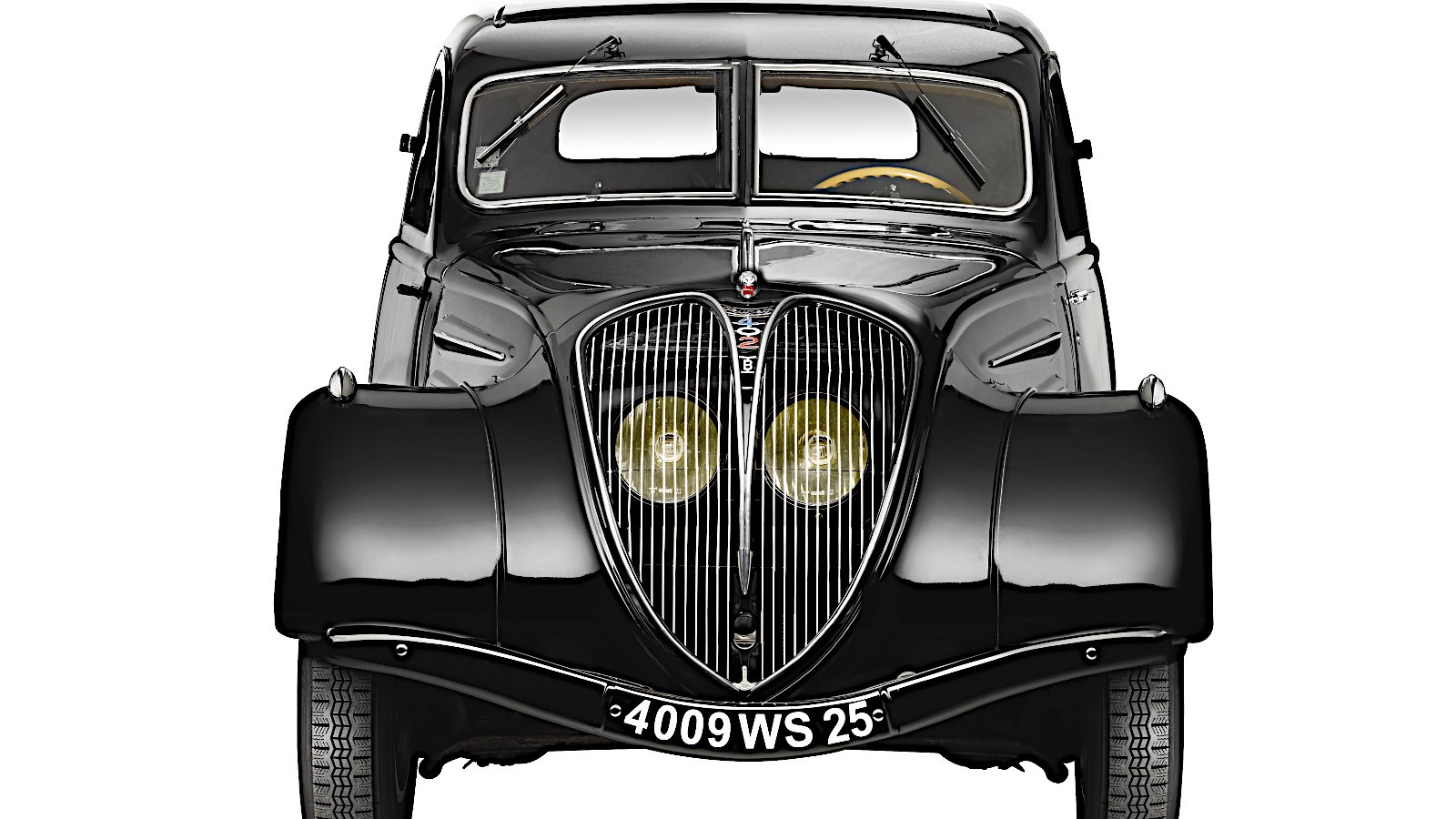 © Stellantis
© Stellantis -
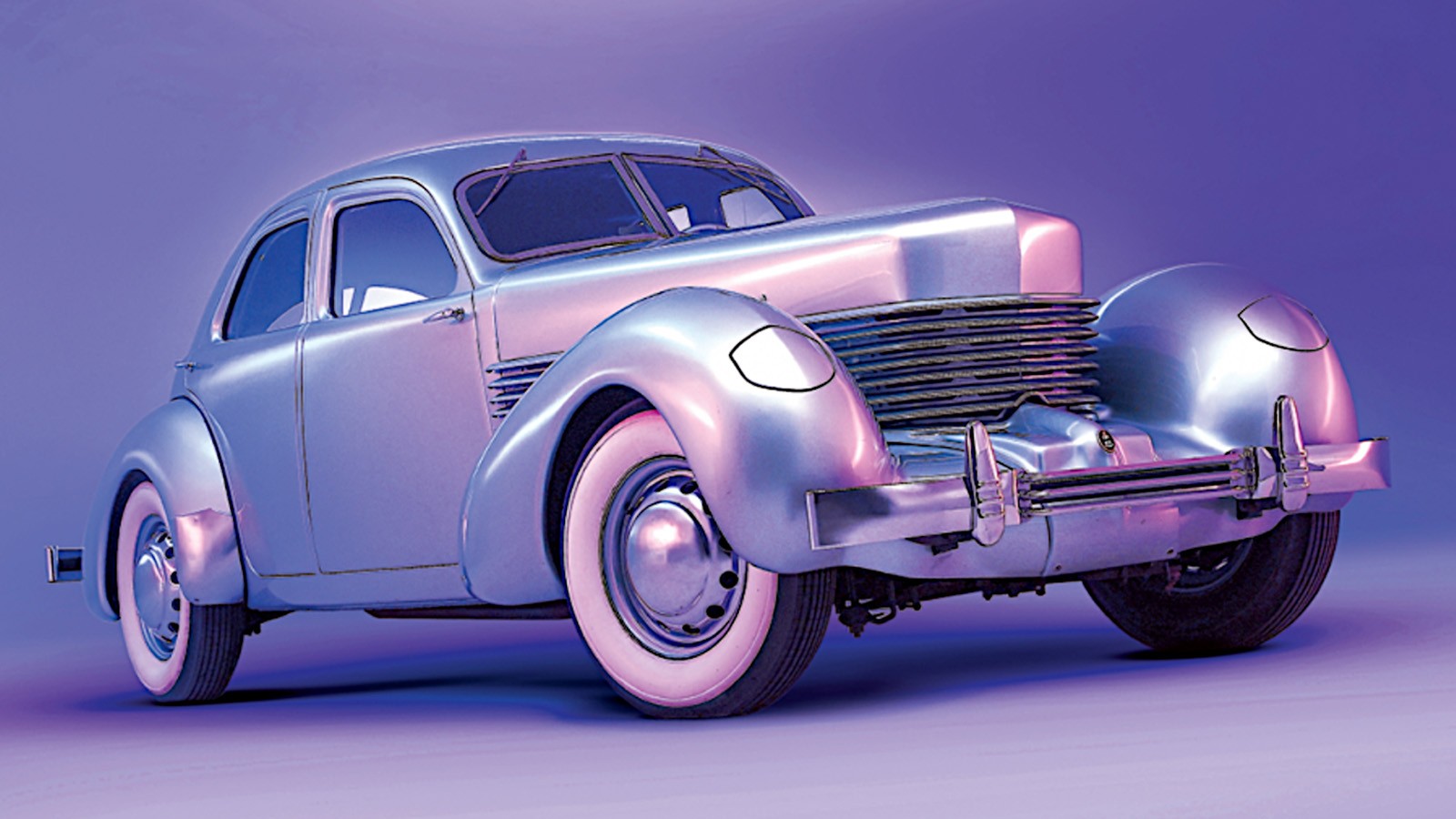 © John Bradshaw/Classic & Sports Car
© John Bradshaw/Classic & Sports Car -
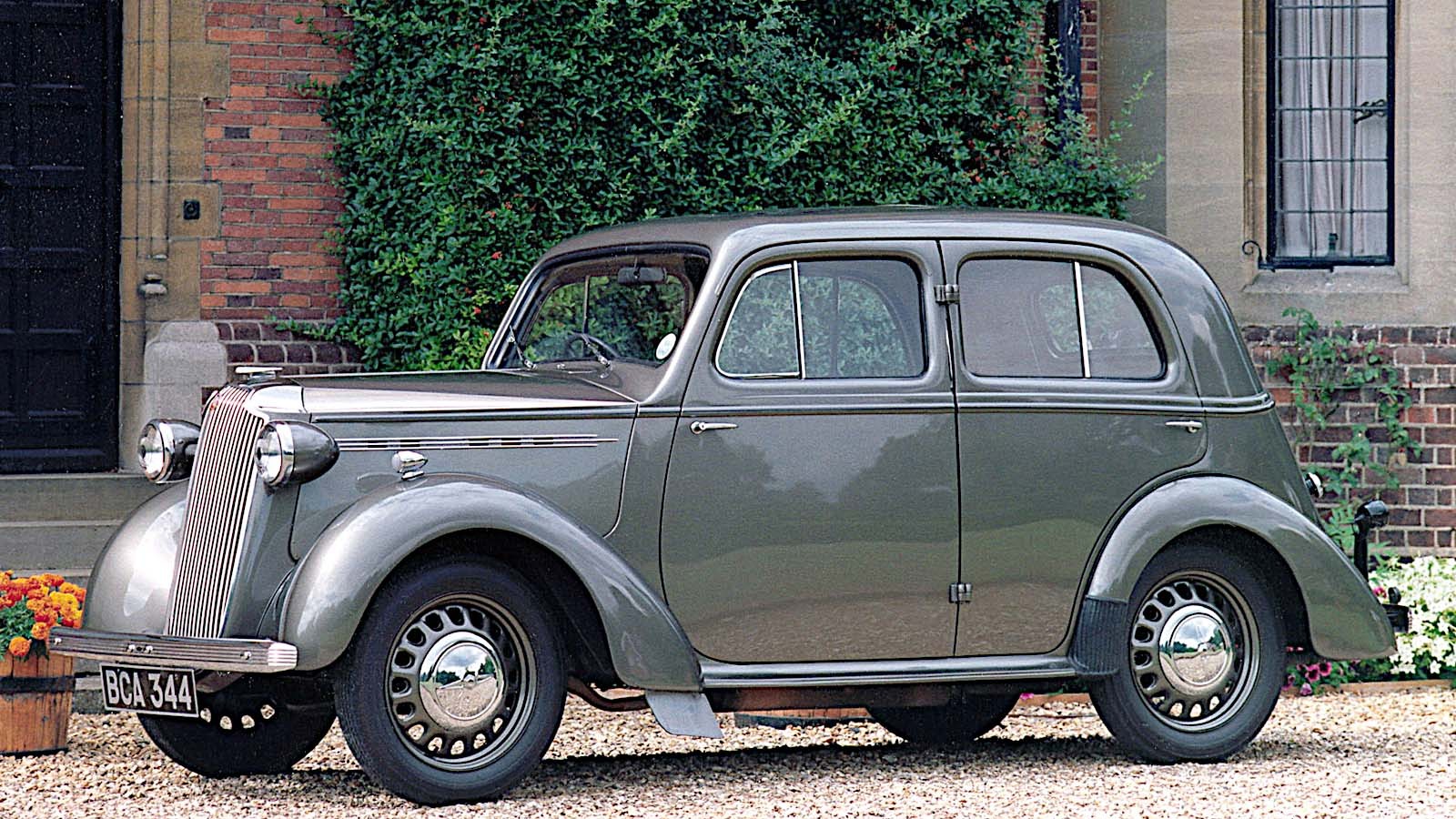 © Stellantis
© Stellantis -
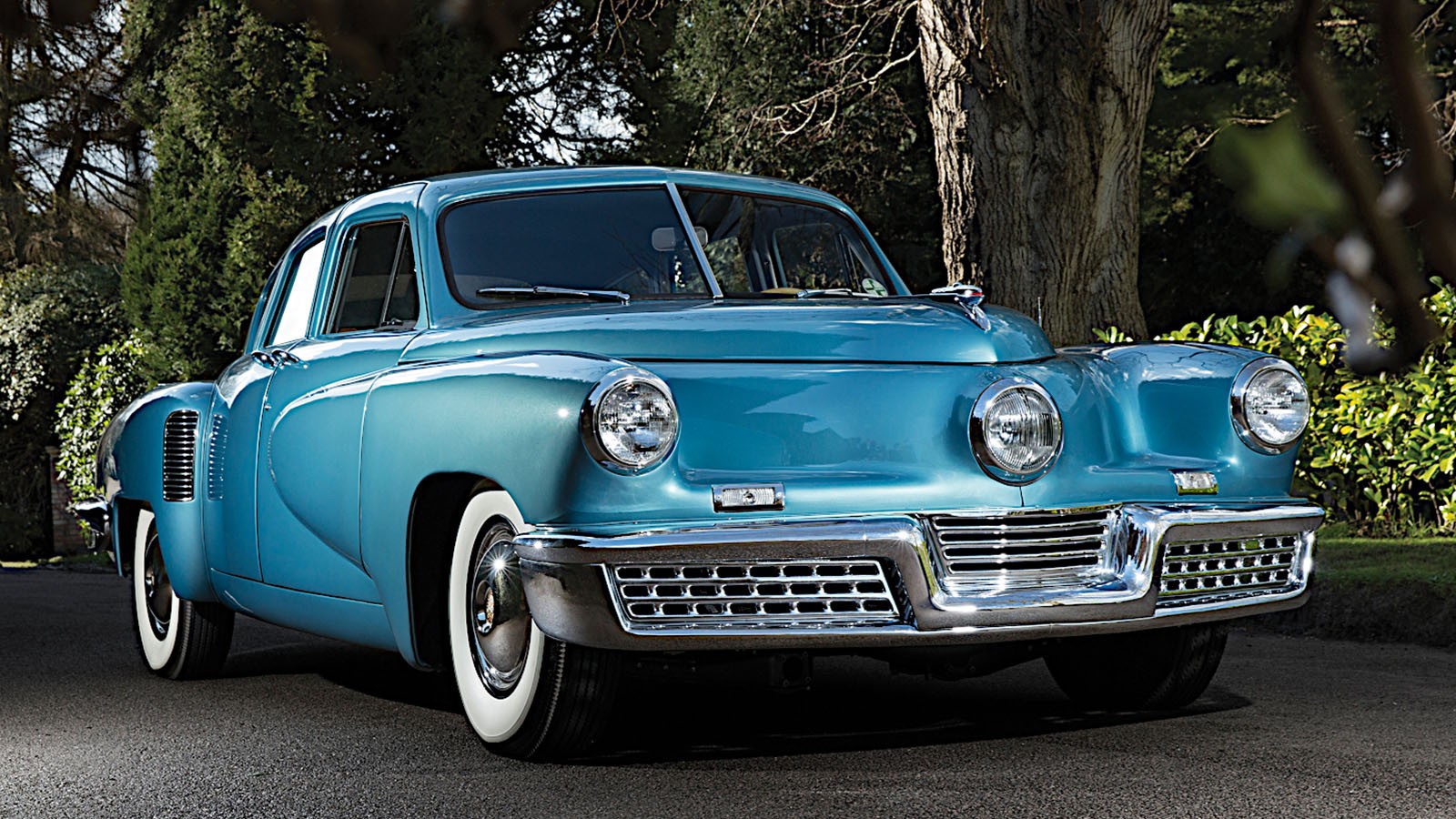 © Tom Gidden/RM Auctions
© Tom Gidden/RM Auctions -
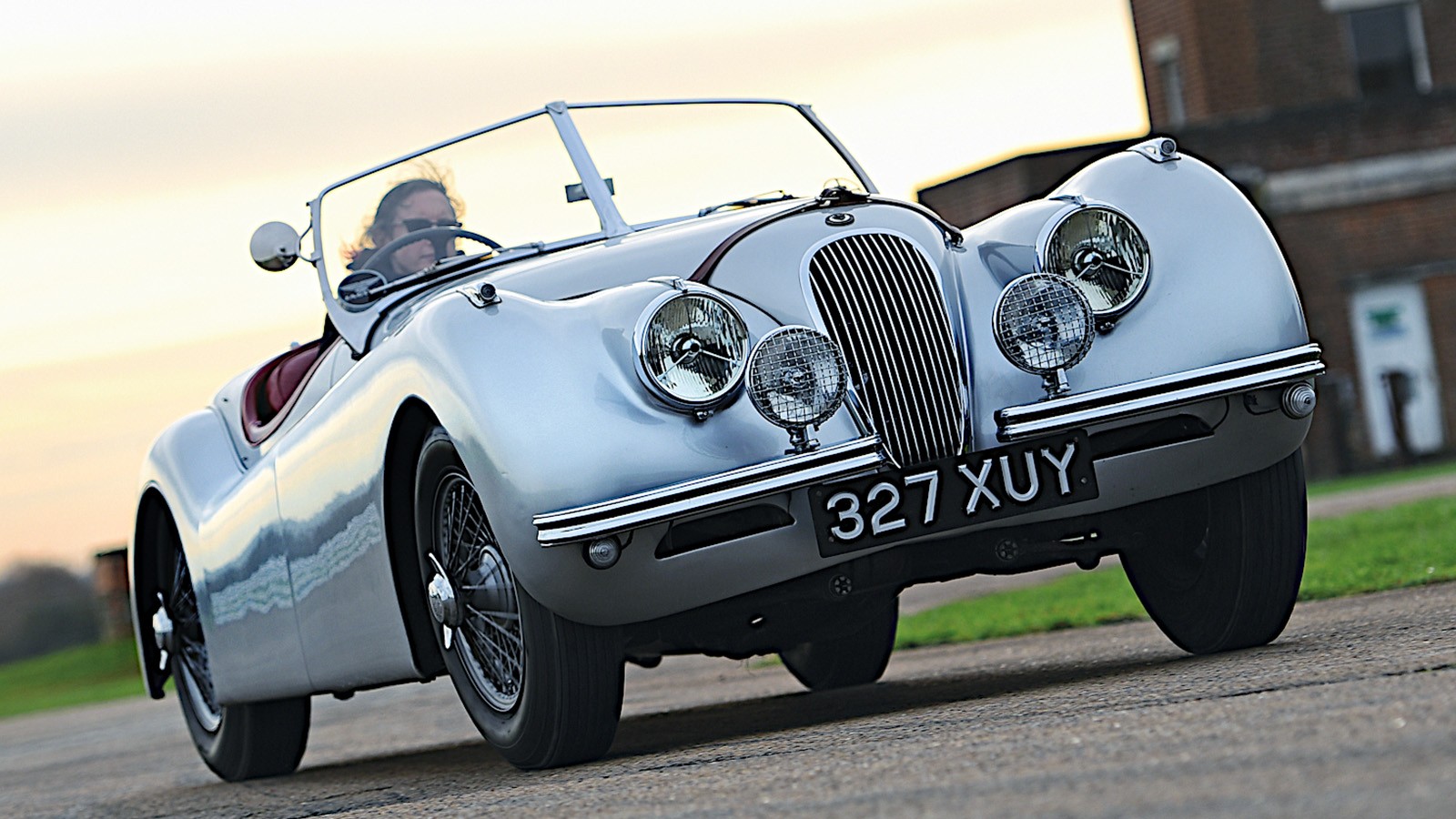 © Will Williams/Classic & Sports Car
© Will Williams/Classic & Sports Car -
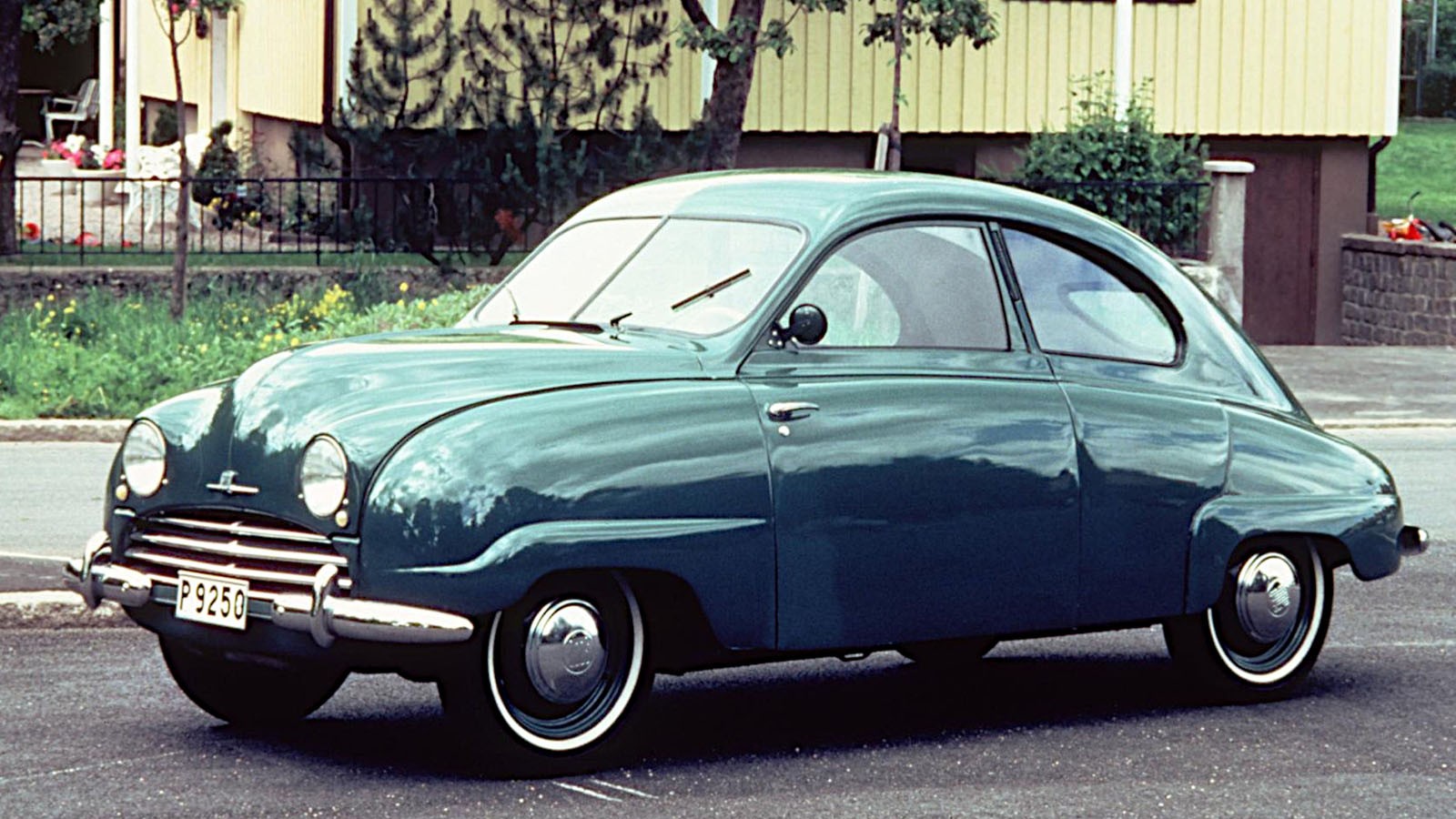 © Saab
© Saab -
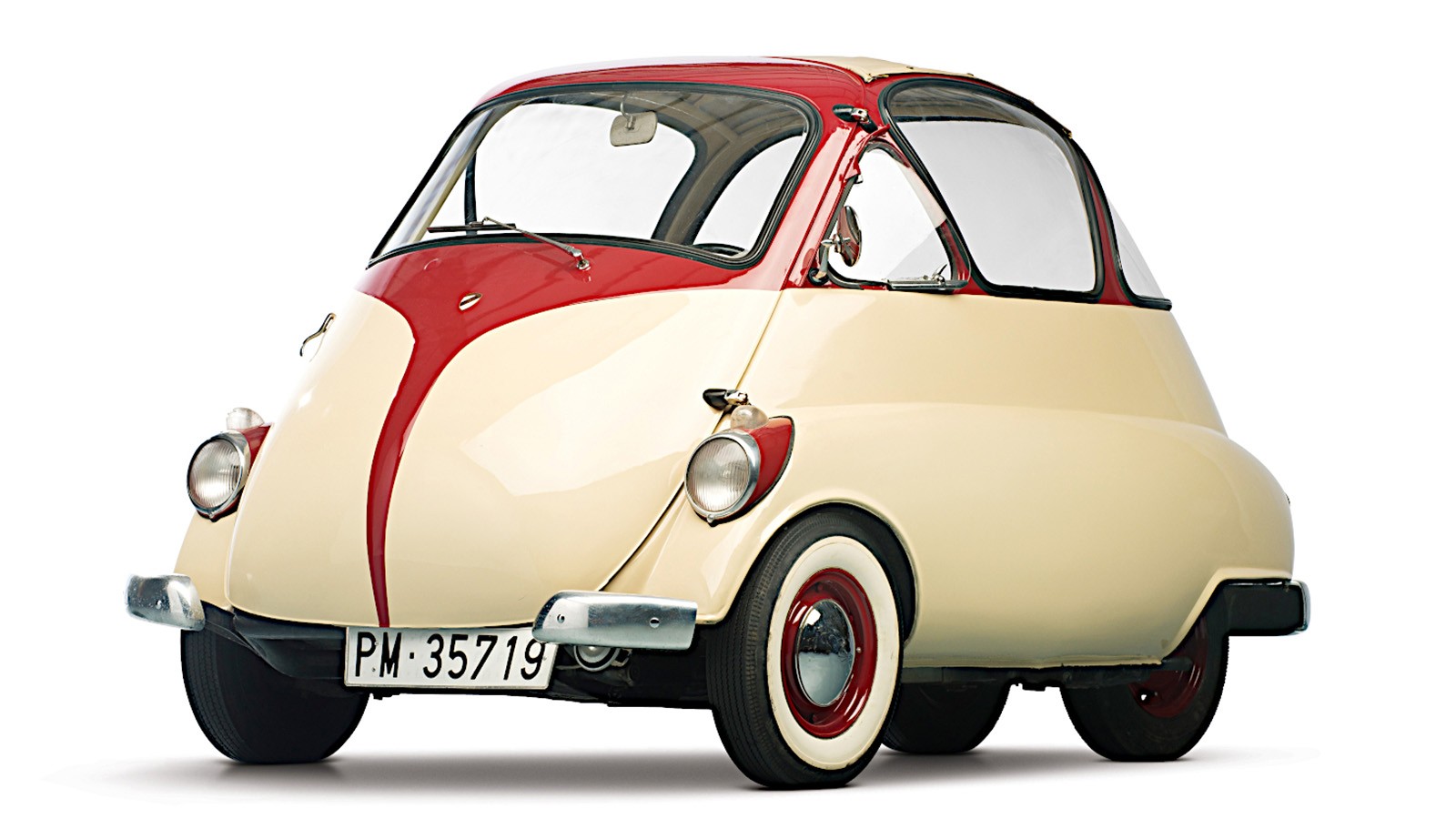 © Darin Schnabel/RM Sotheby’s
© Darin Schnabel/RM Sotheby’s -
 © Tom Gidden/RM Auctions
© Tom Gidden/RM Auctions -
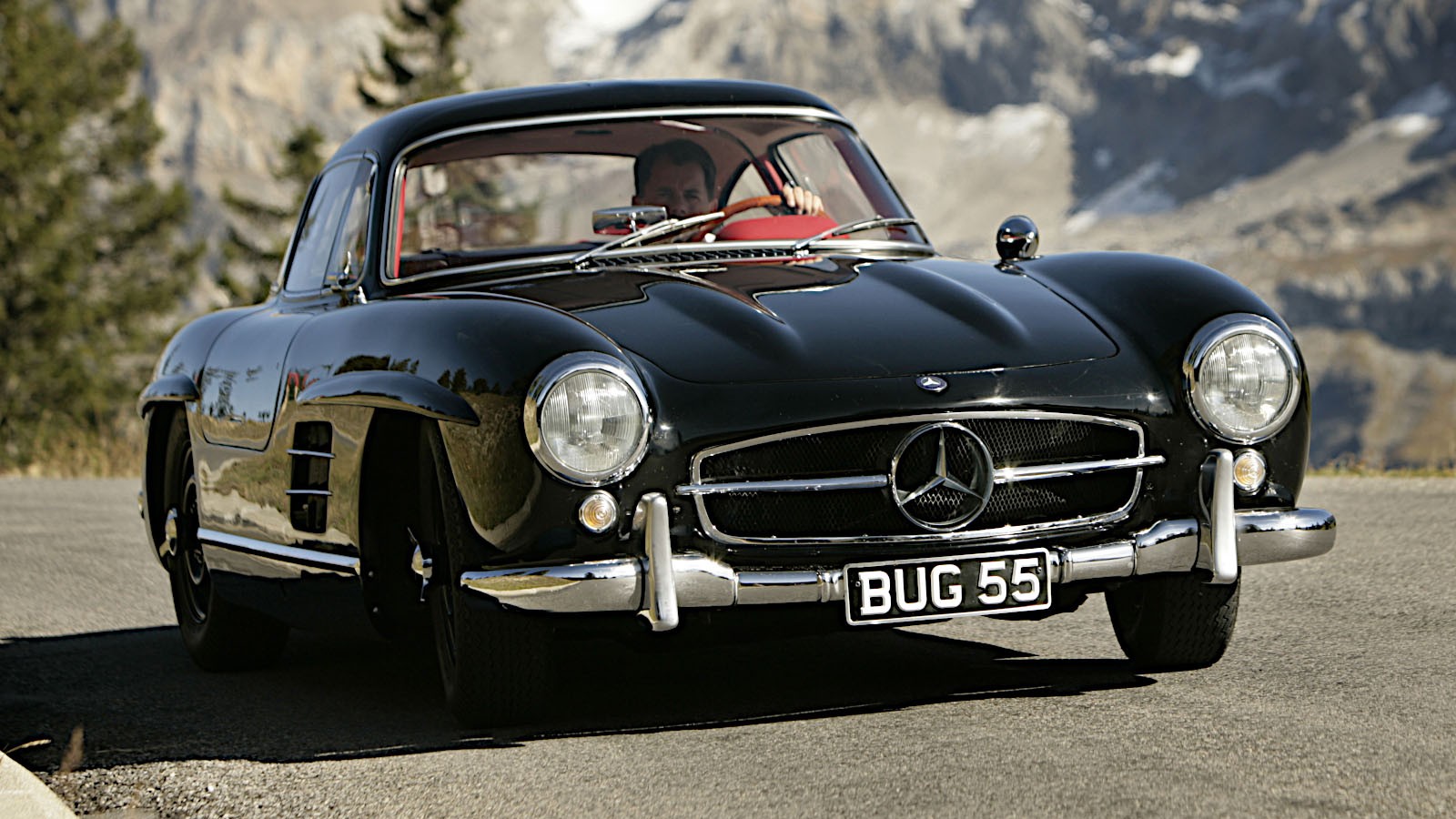 © Classic & Sports Car
© Classic & Sports Car -
 © Tony Baker/Classic & Sports Car
© Tony Baker/Classic & Sports Car -
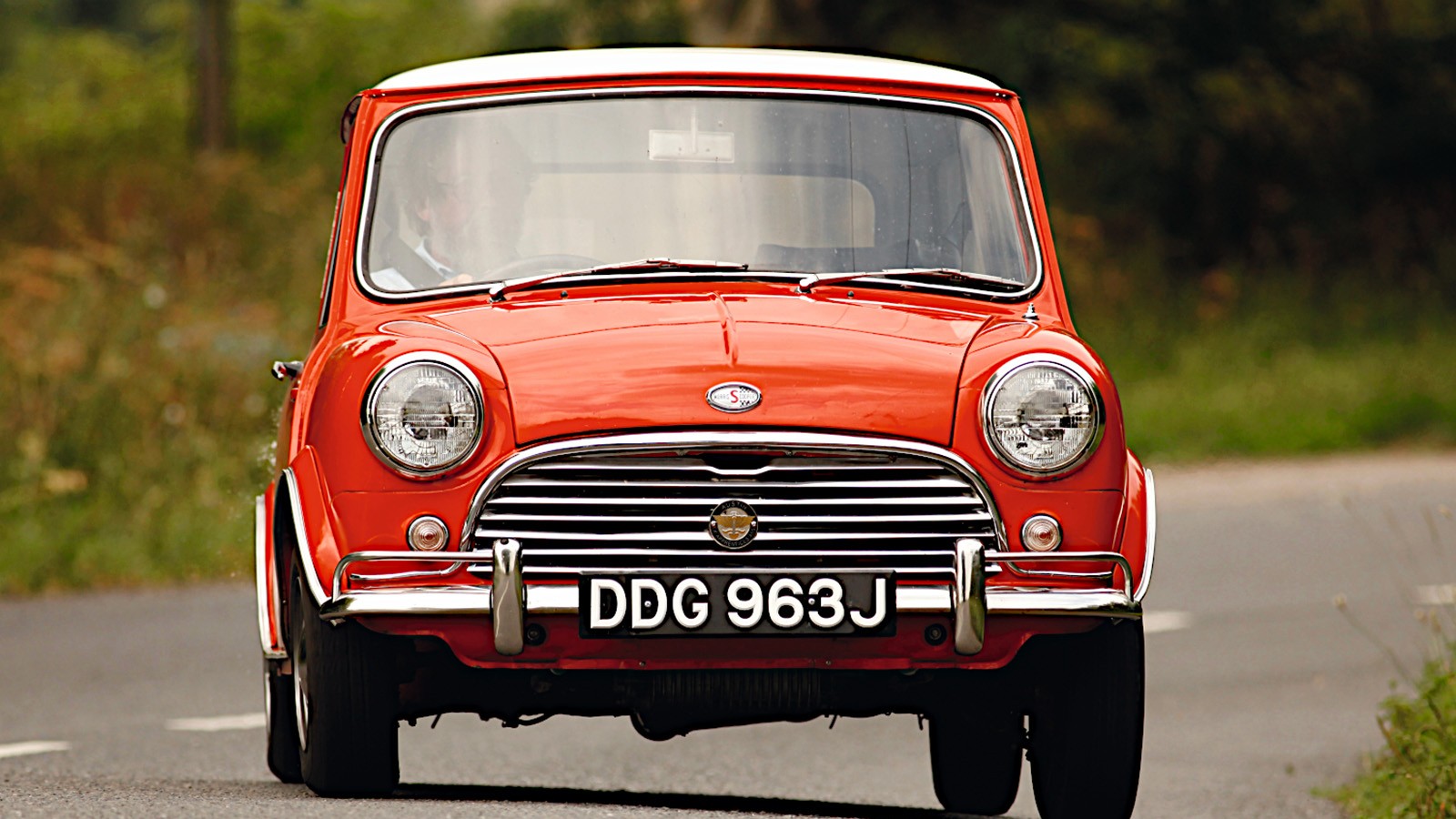 © Tony Baker/Classic & Sports Car
© Tony Baker/Classic & Sports Car -
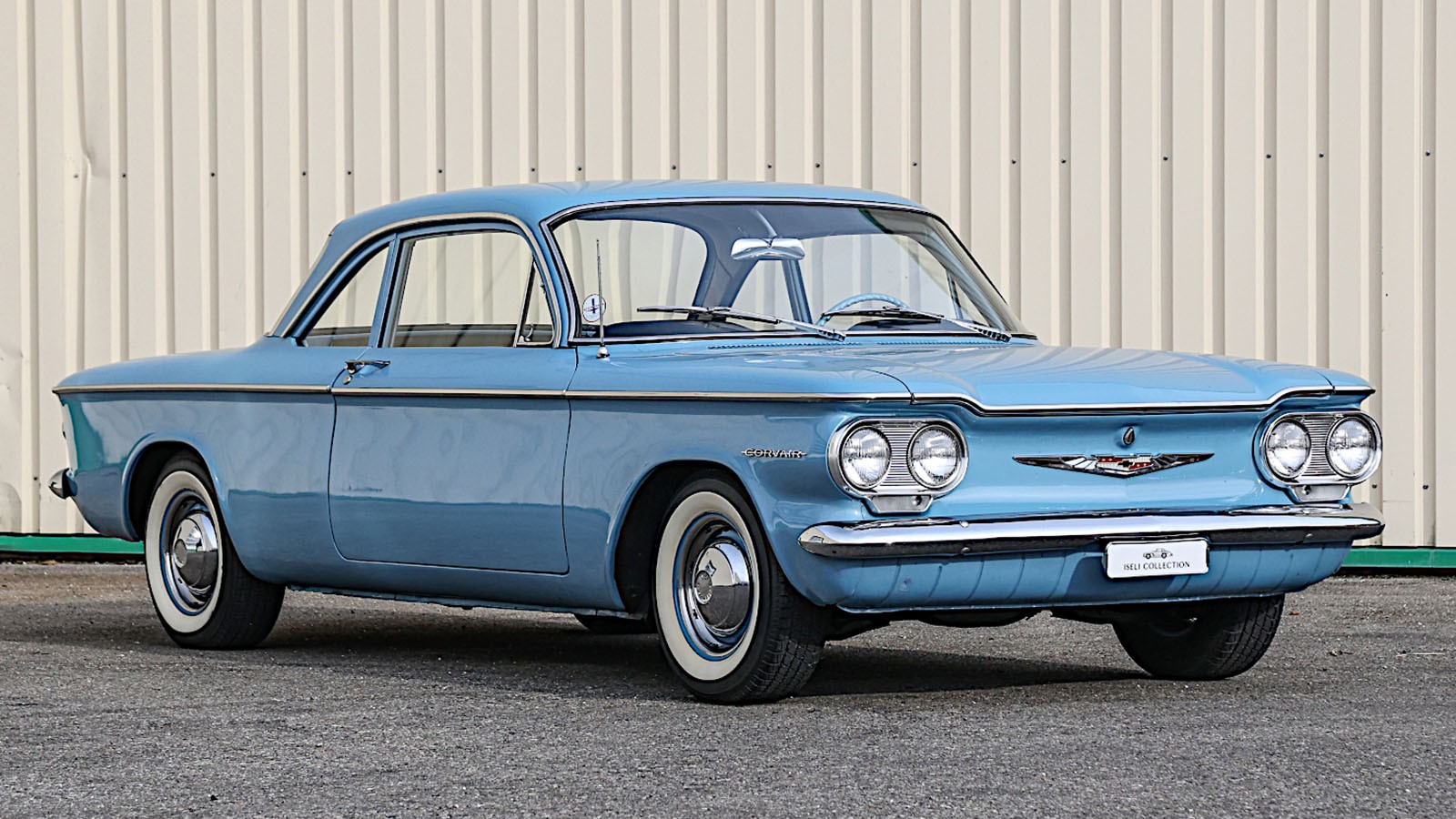 © Peter Seabrook/RM Sotheby’s
© Peter Seabrook/RM Sotheby’s -
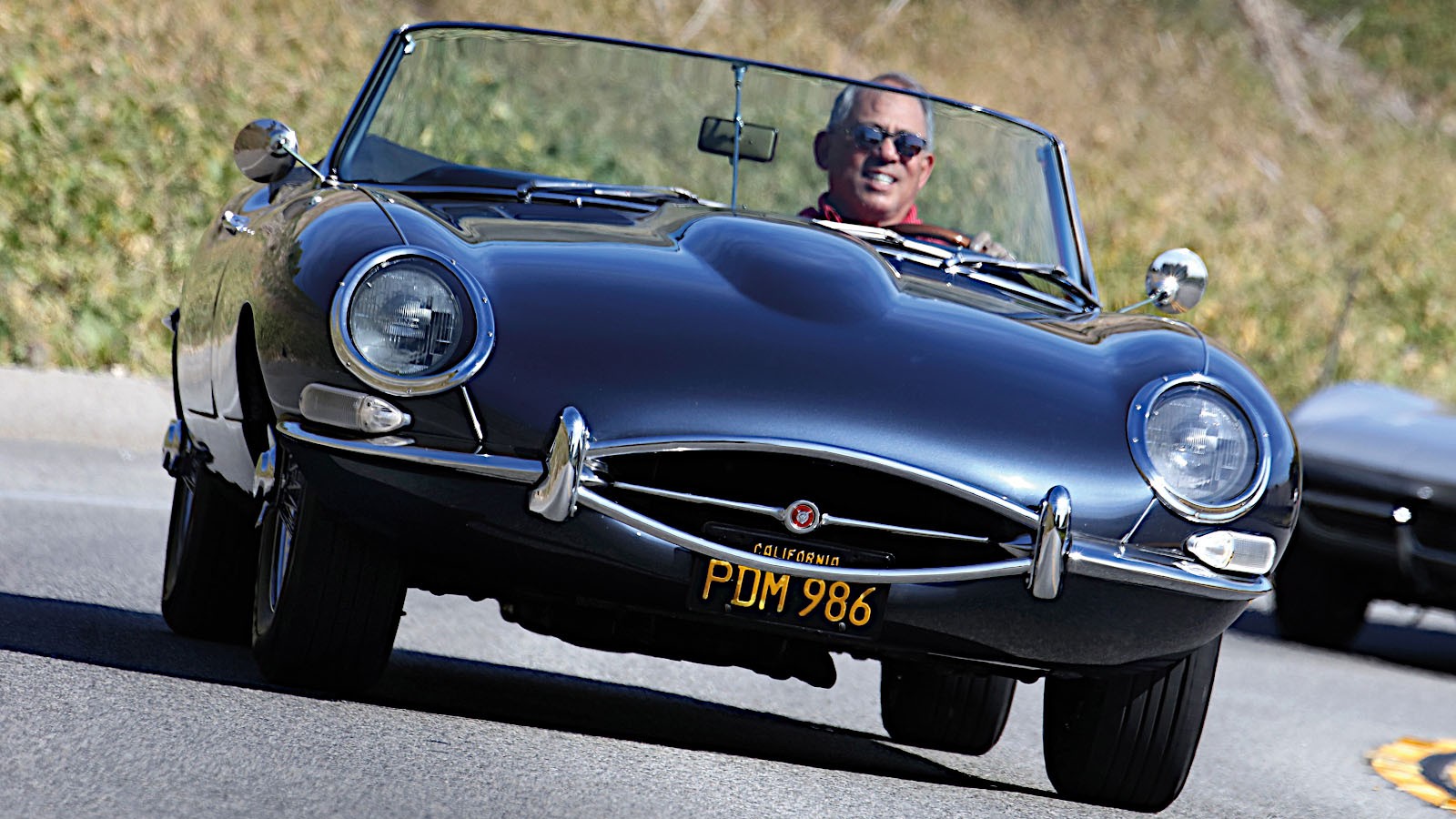 © James Mann/Classic & Sports Car
© James Mann/Classic & Sports Car -
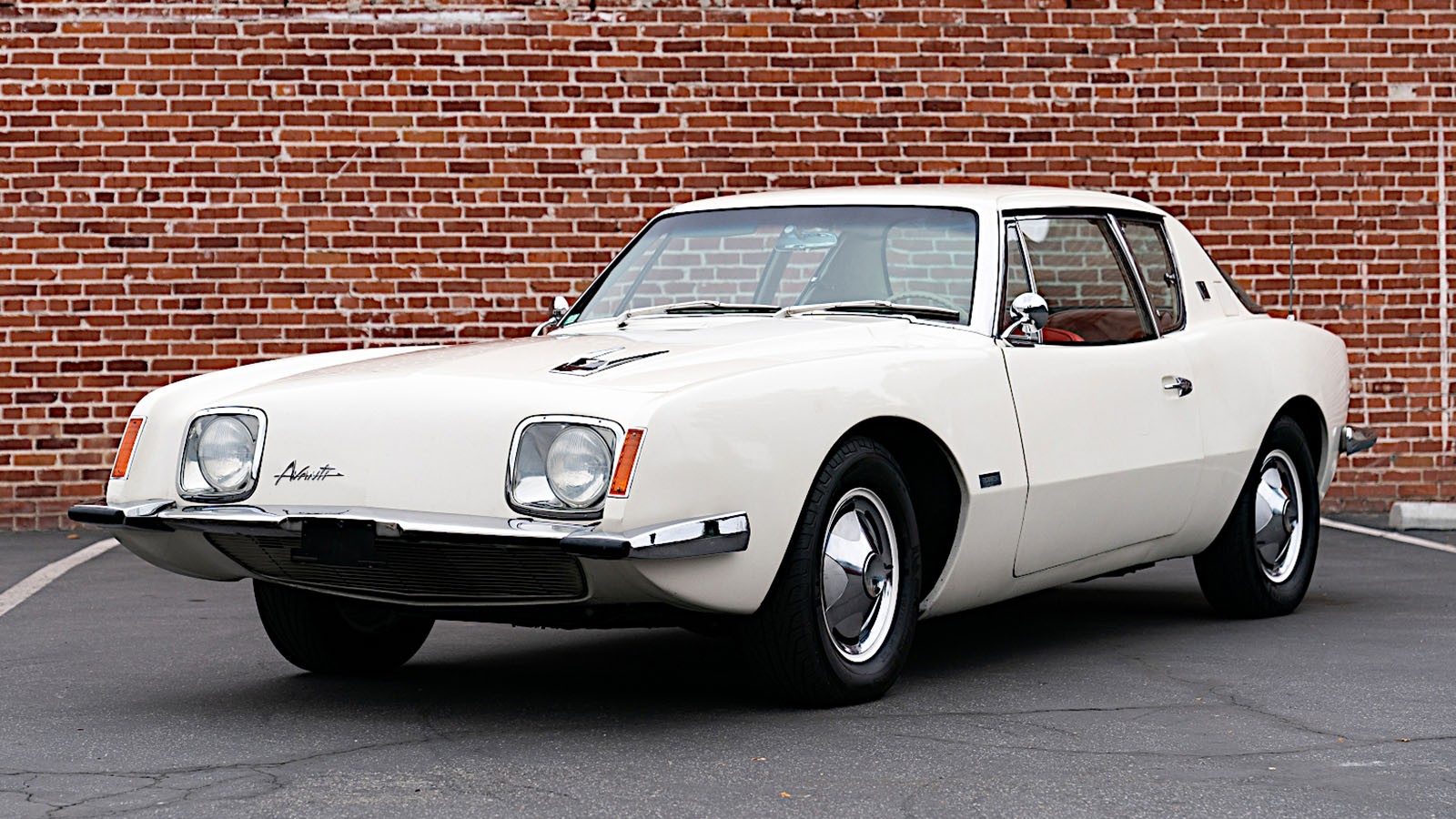 © RM Sotheby’s
© RM Sotheby’s -
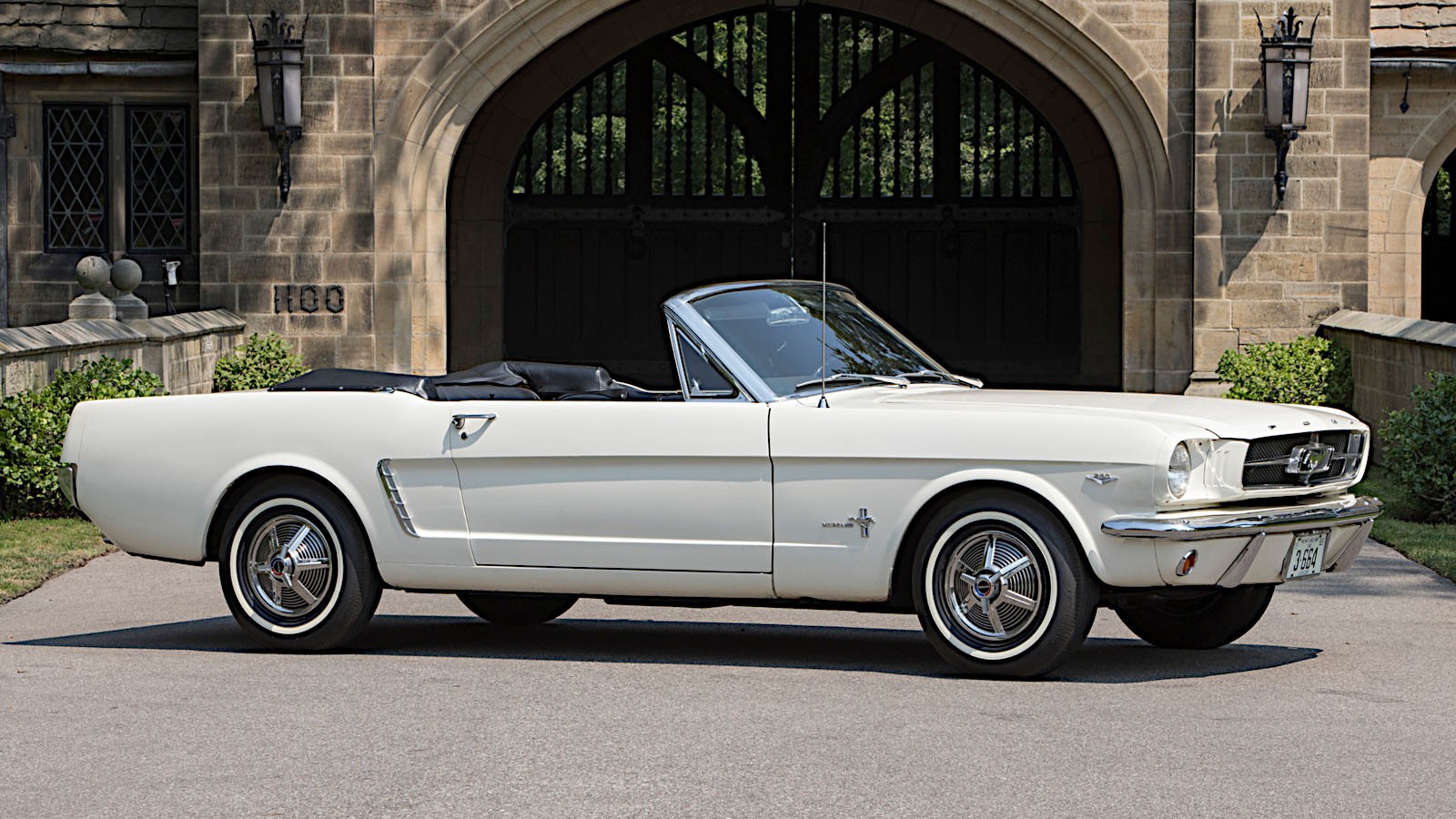 © Ford
© Ford -
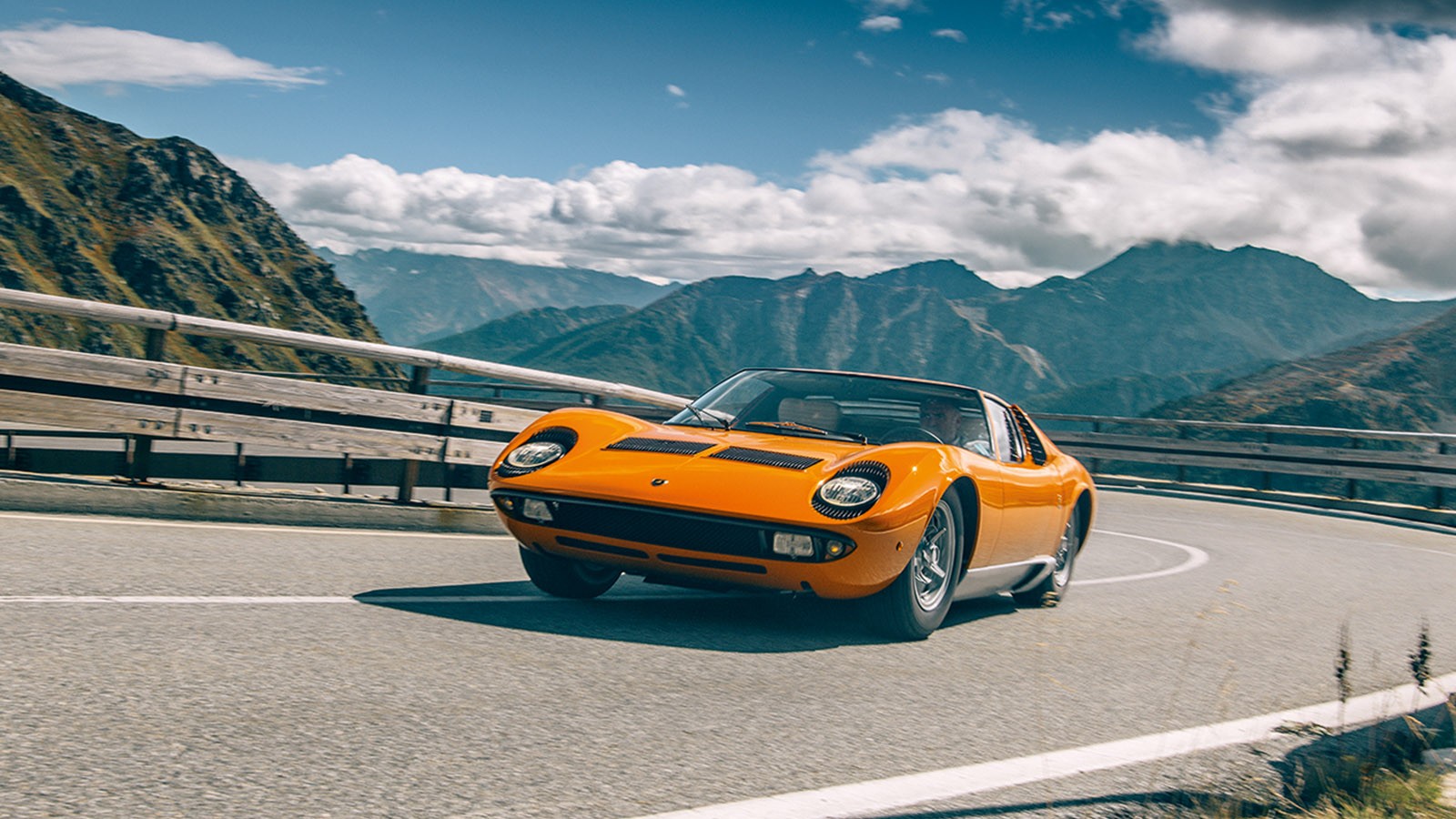 © Olgun Kordal/Classic & Sports Car
© Olgun Kordal/Classic & Sports Car -
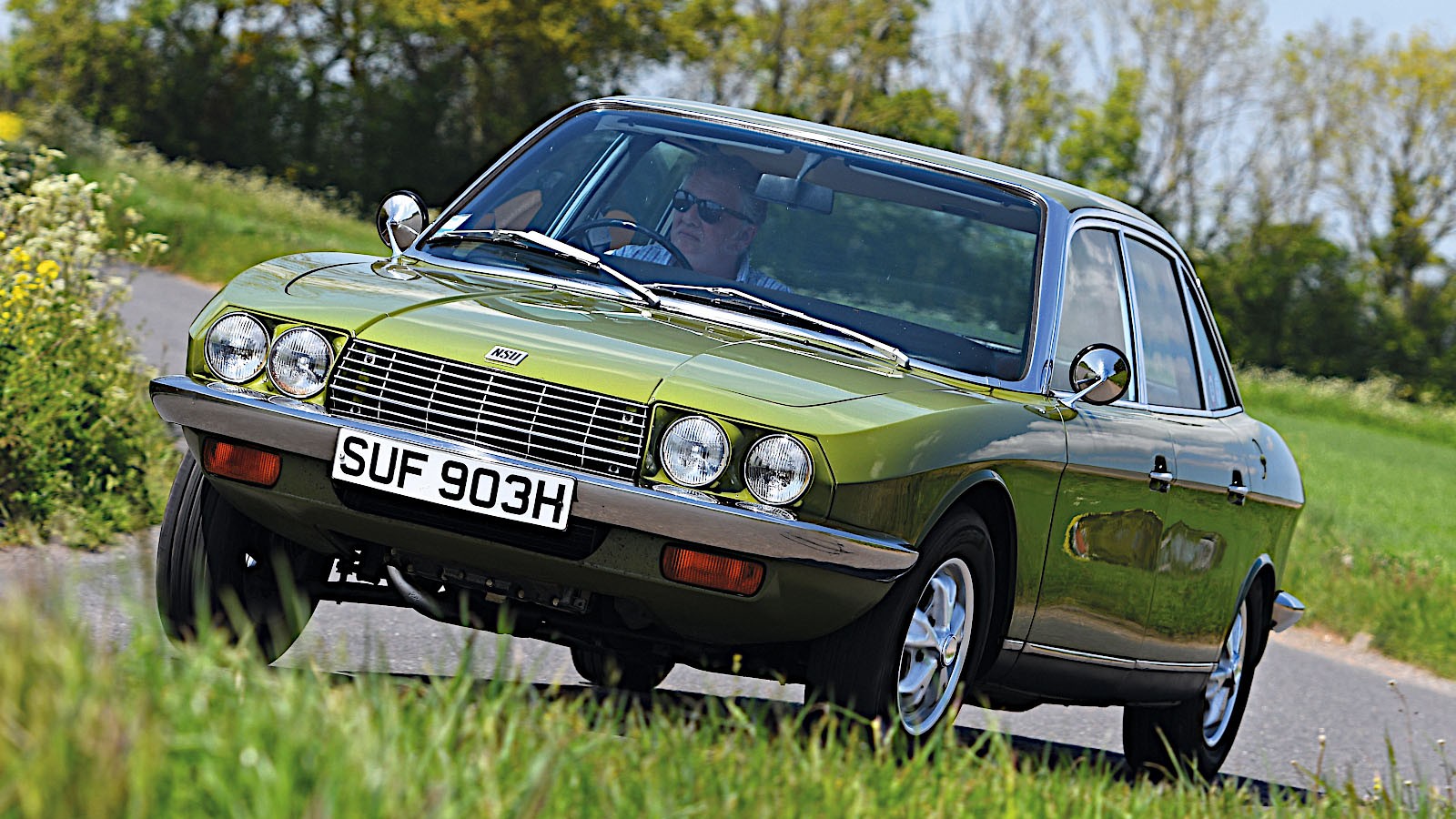 © John Bradshaw/Classic & Sports Car
© John Bradshaw/Classic & Sports Car -
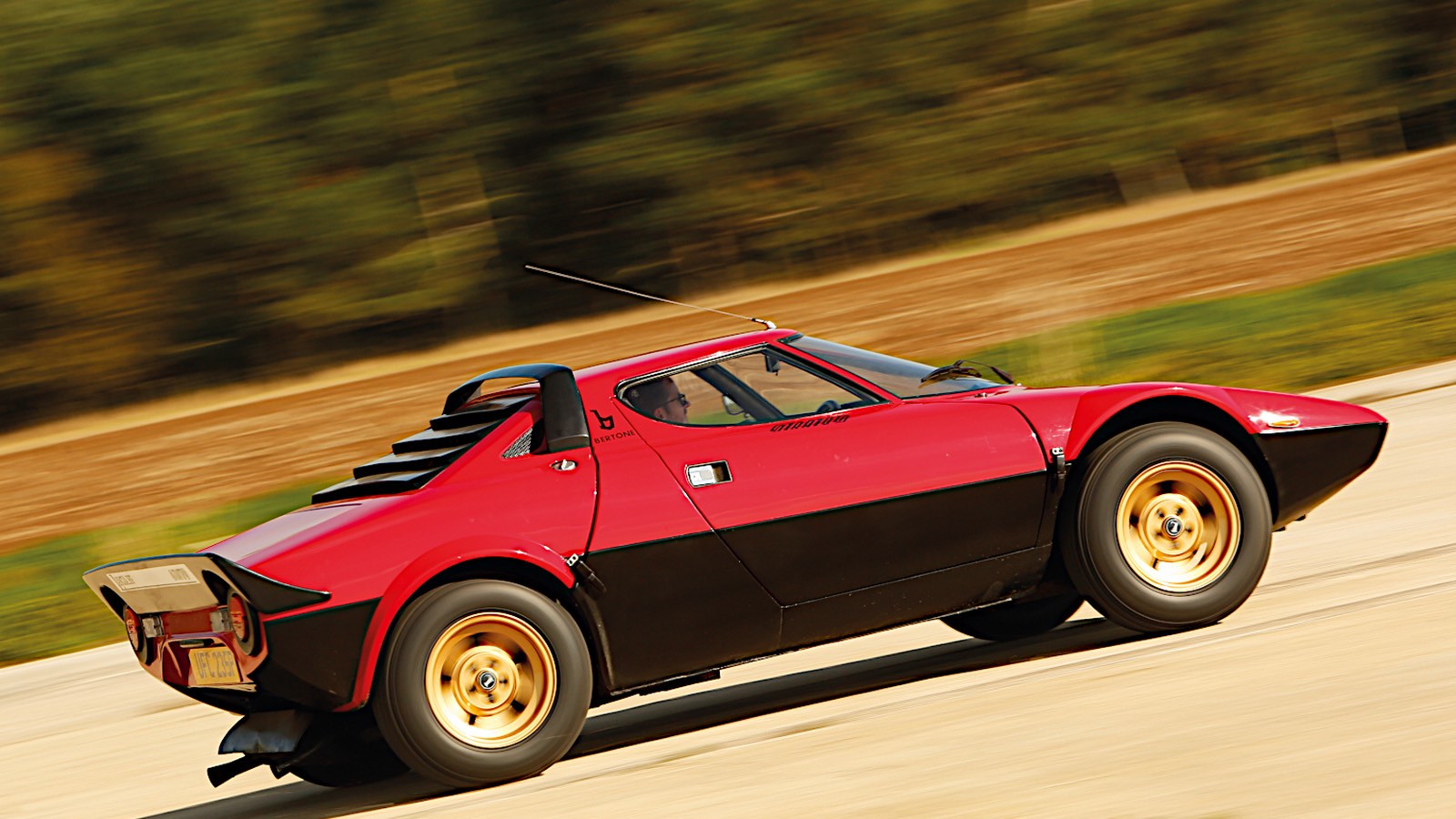 © Tony Baker/Classic & Sports Car
© Tony Baker/Classic & Sports Car -
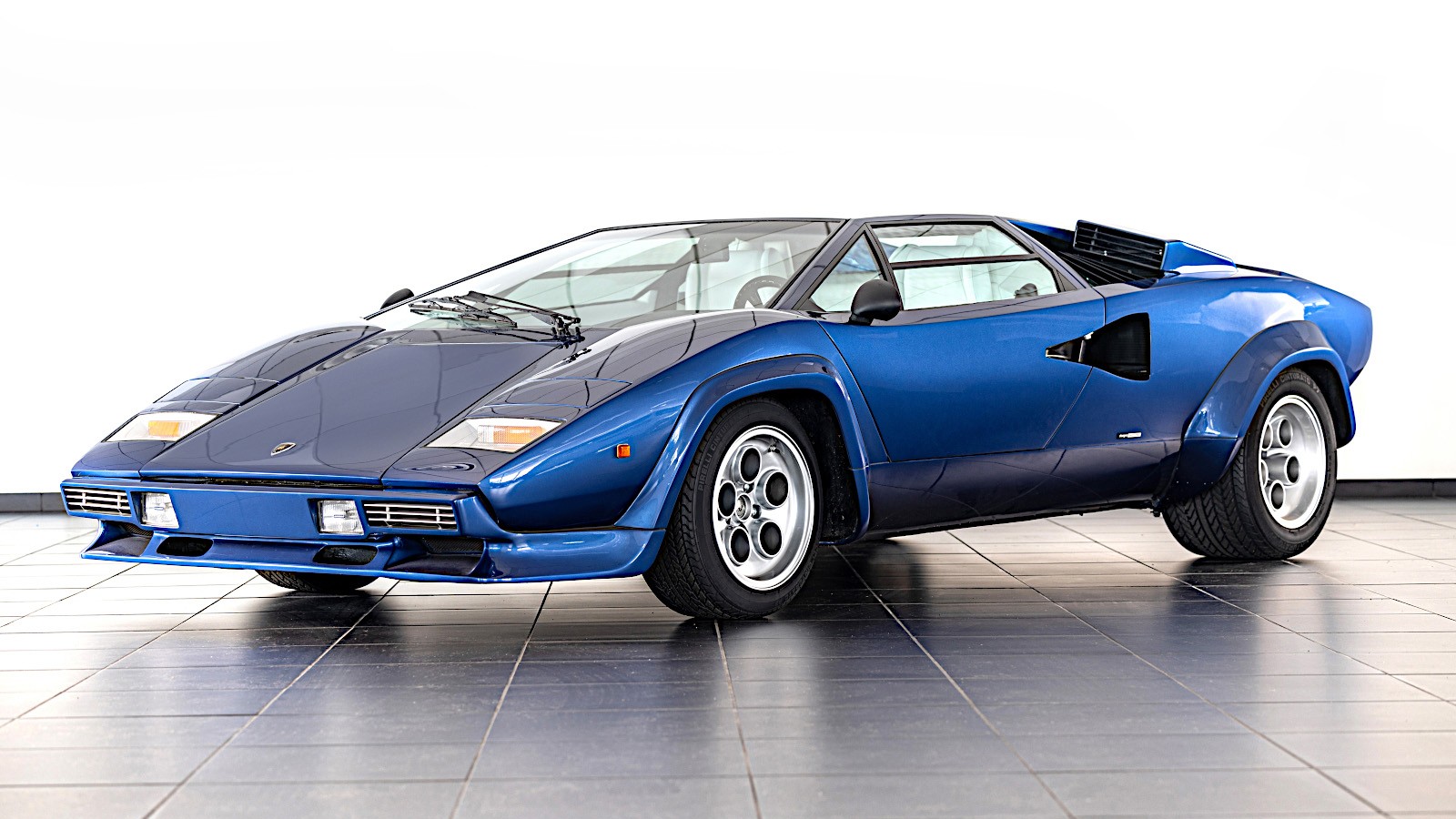 © Neil Fraser/RM Sotheby’s
© Neil Fraser/RM Sotheby’s -
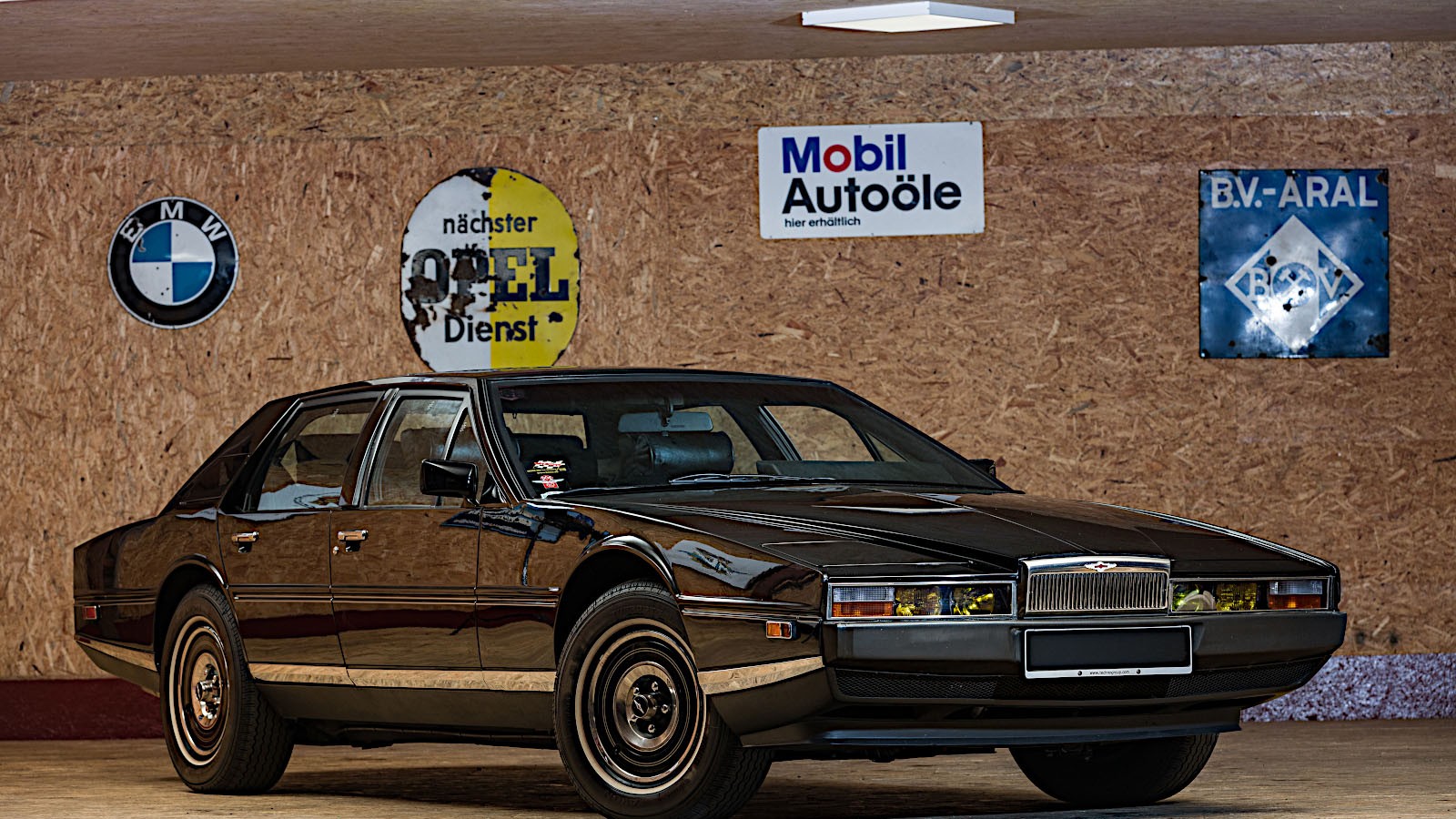 © Peter Singhof/RM Sotheby's
© Peter Singhof/RM Sotheby's -
 © Tony Baker/Classic & Sports Car
© Tony Baker/Classic & Sports Car -
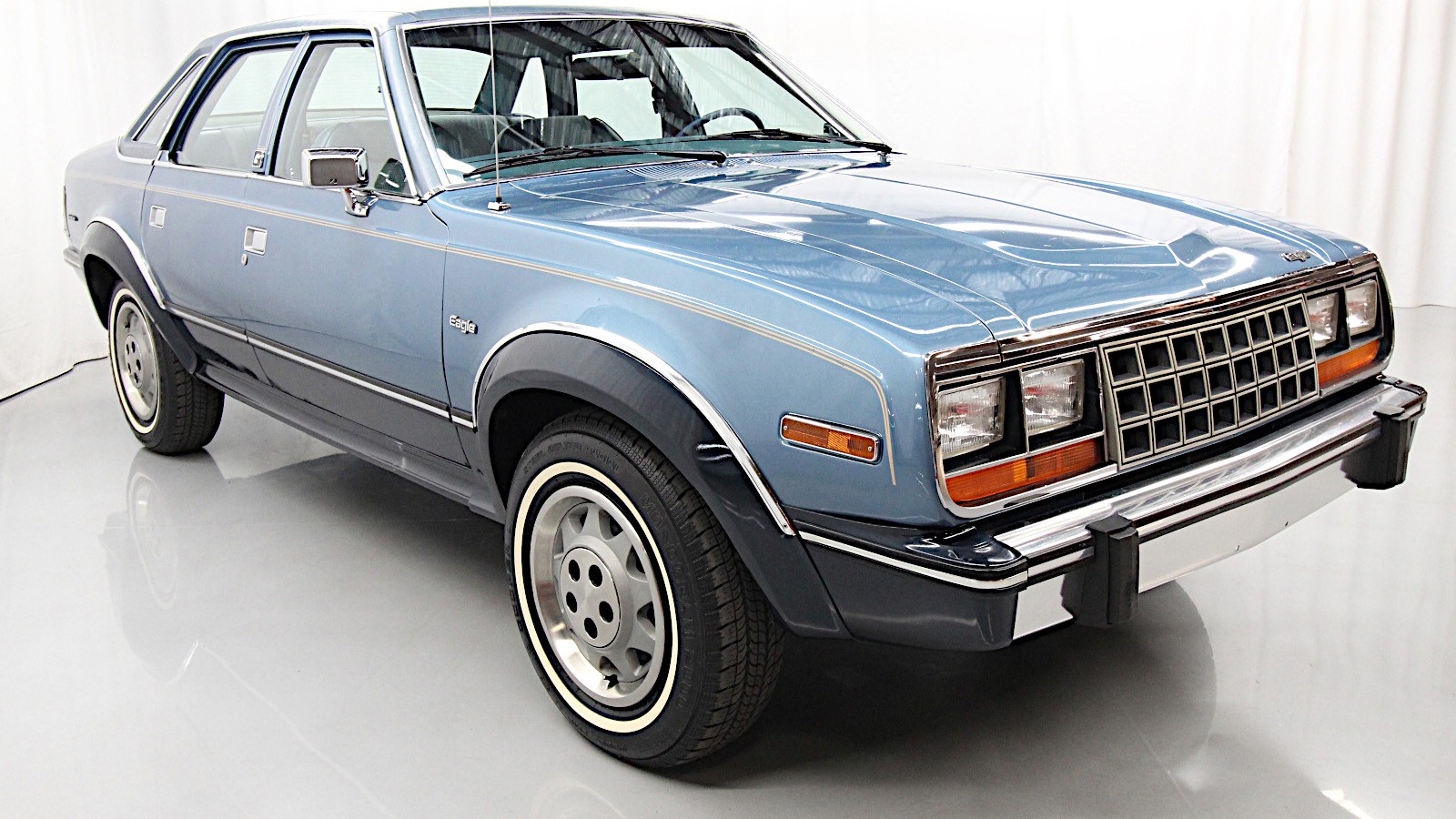 © Josh Cooper/RM Sotheby’s
© Josh Cooper/RM Sotheby’s -
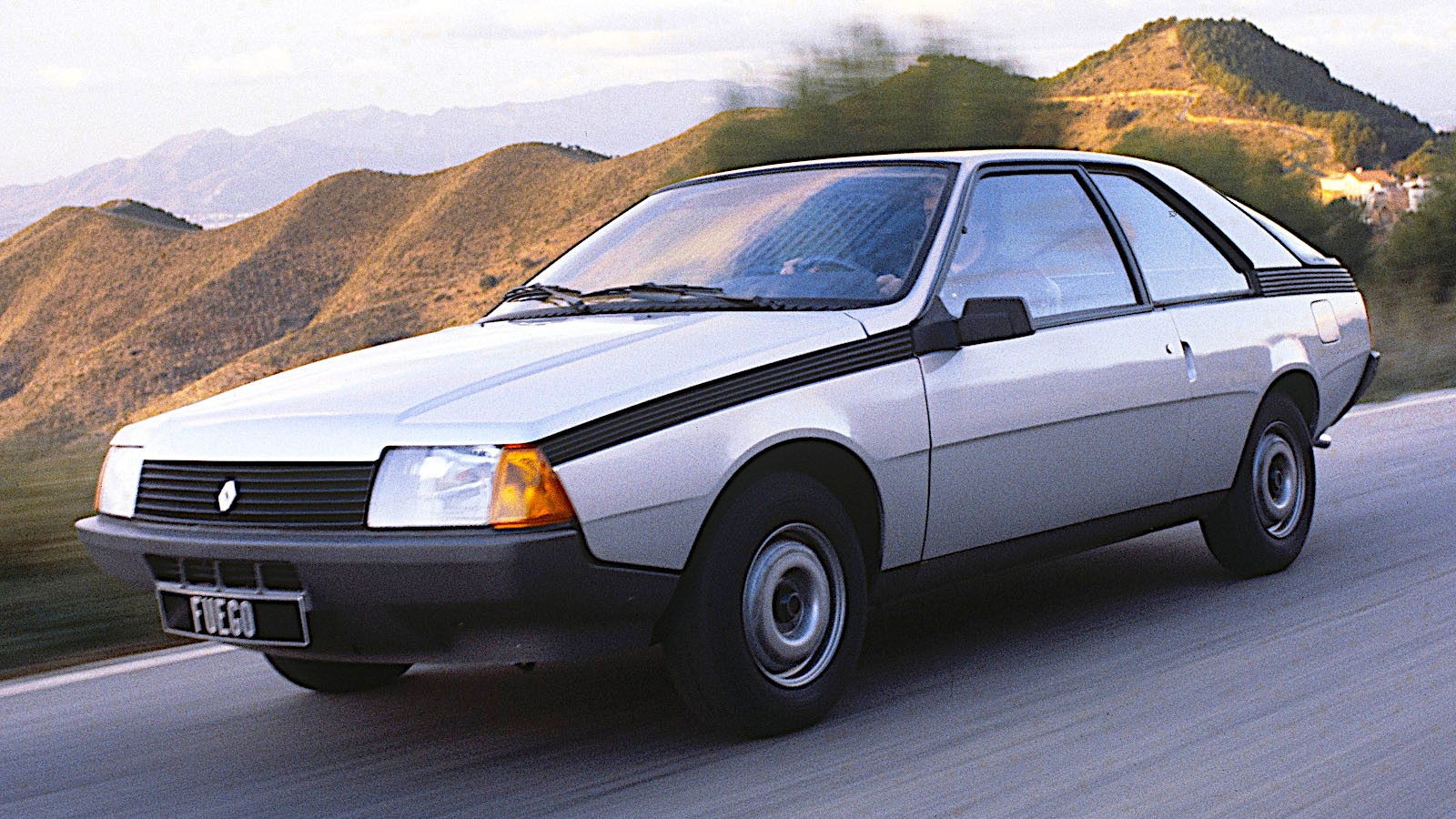 © Renault
© Renault -
 © Ford
© Ford -
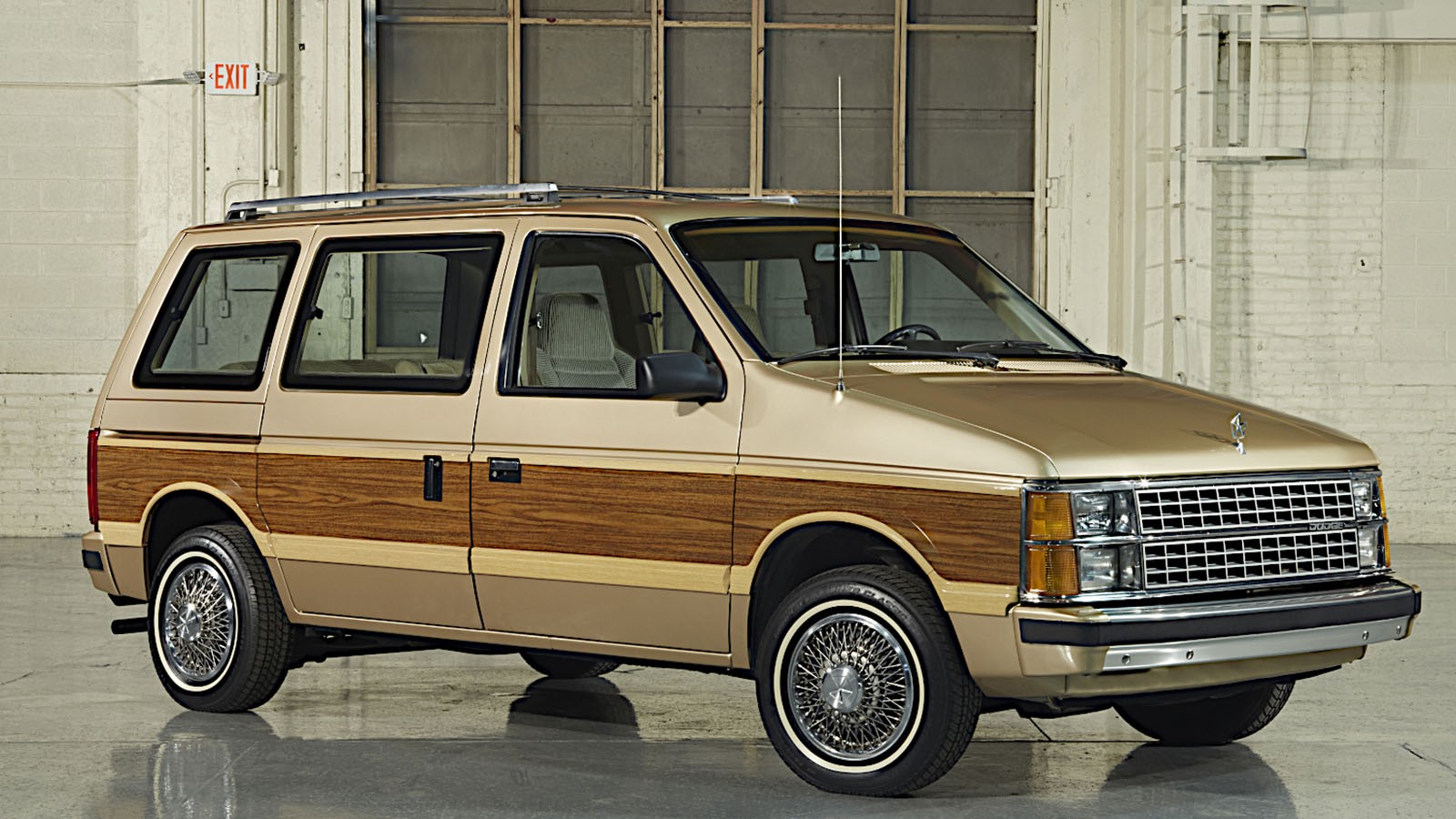 © Stellantis
© Stellantis -
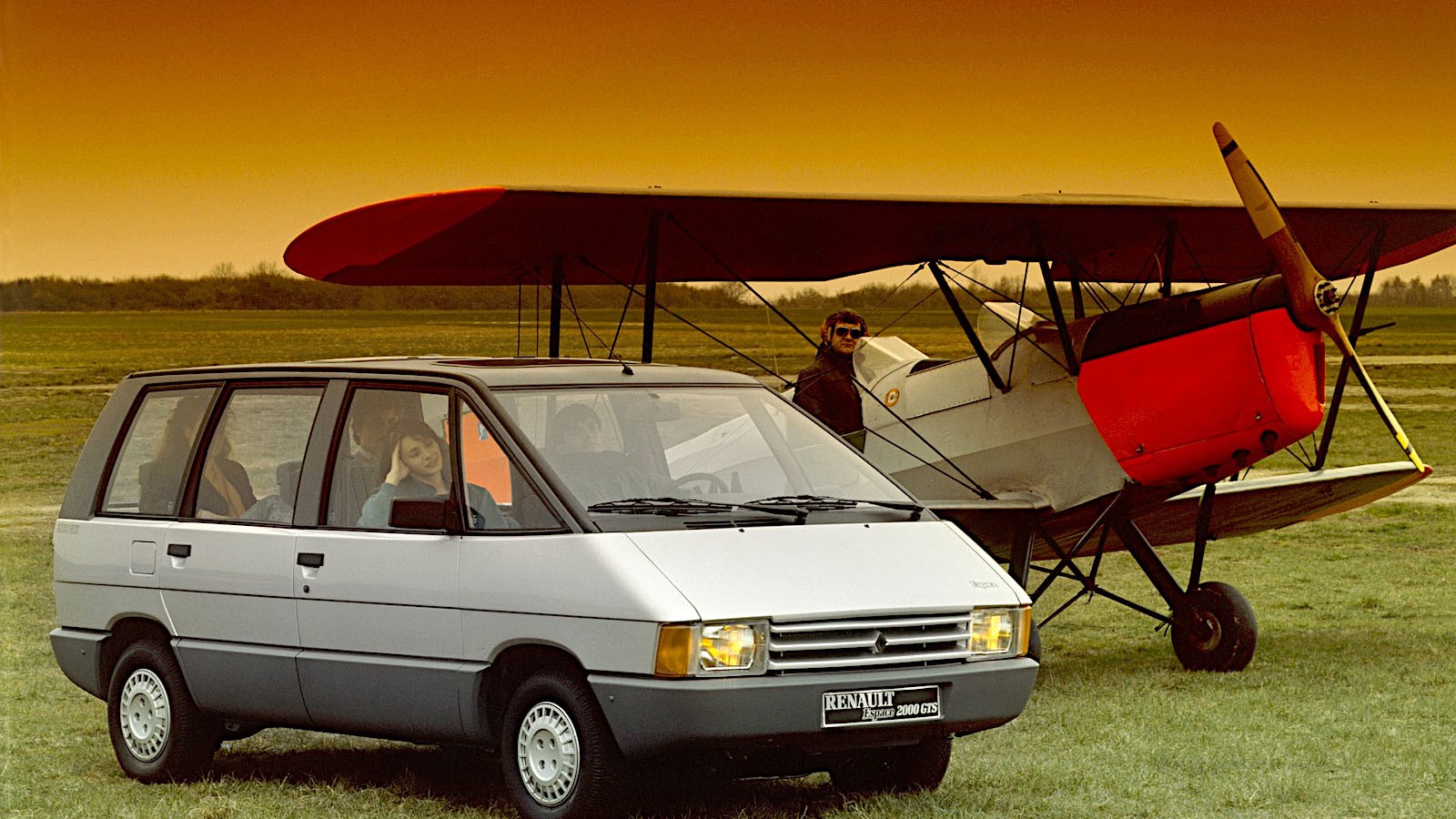 © Renault
© Renault -
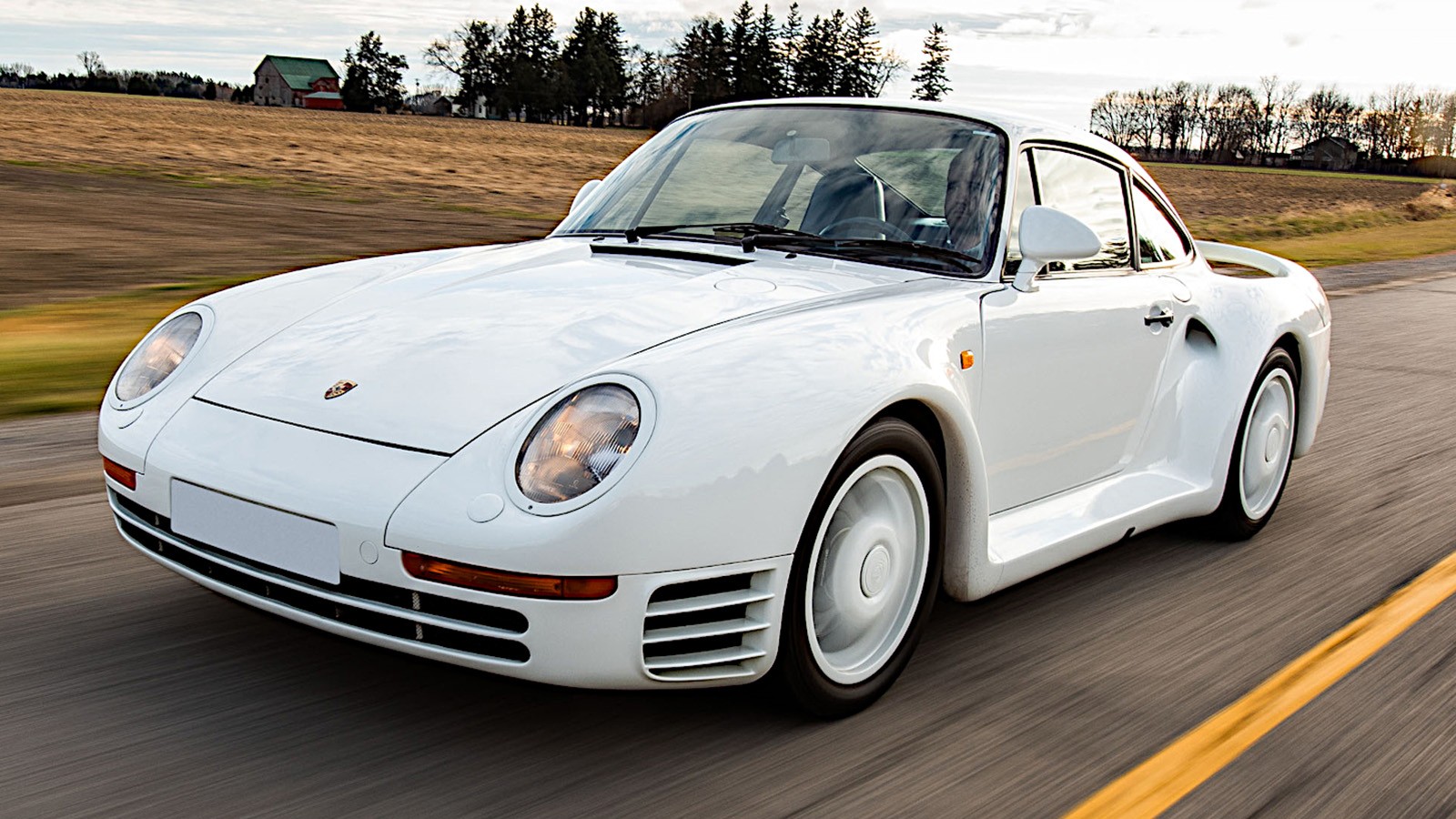 © Darin Schnabel/RM Sotheby’s
© Darin Schnabel/RM Sotheby’s -
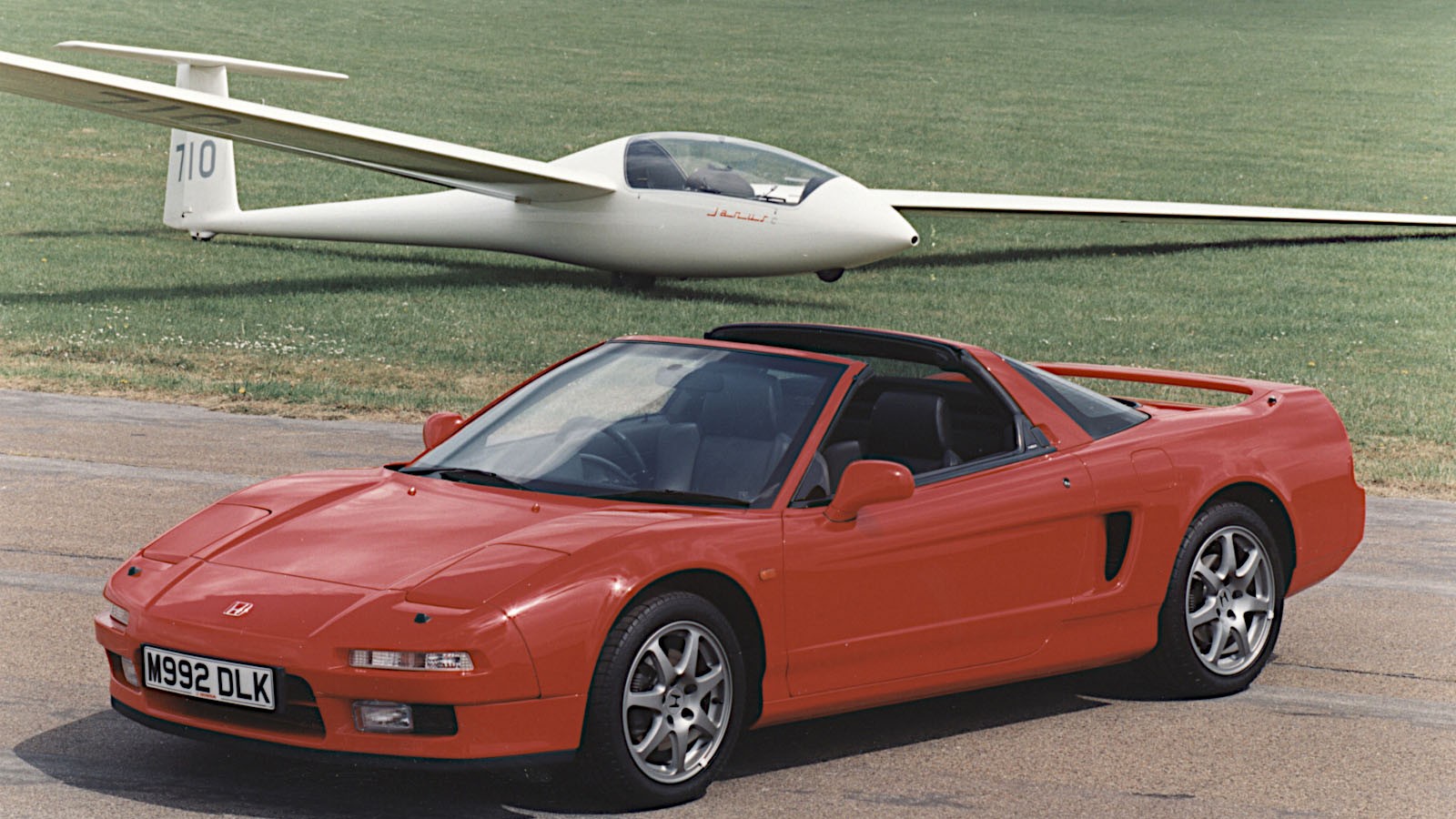 © Honda
© Honda -
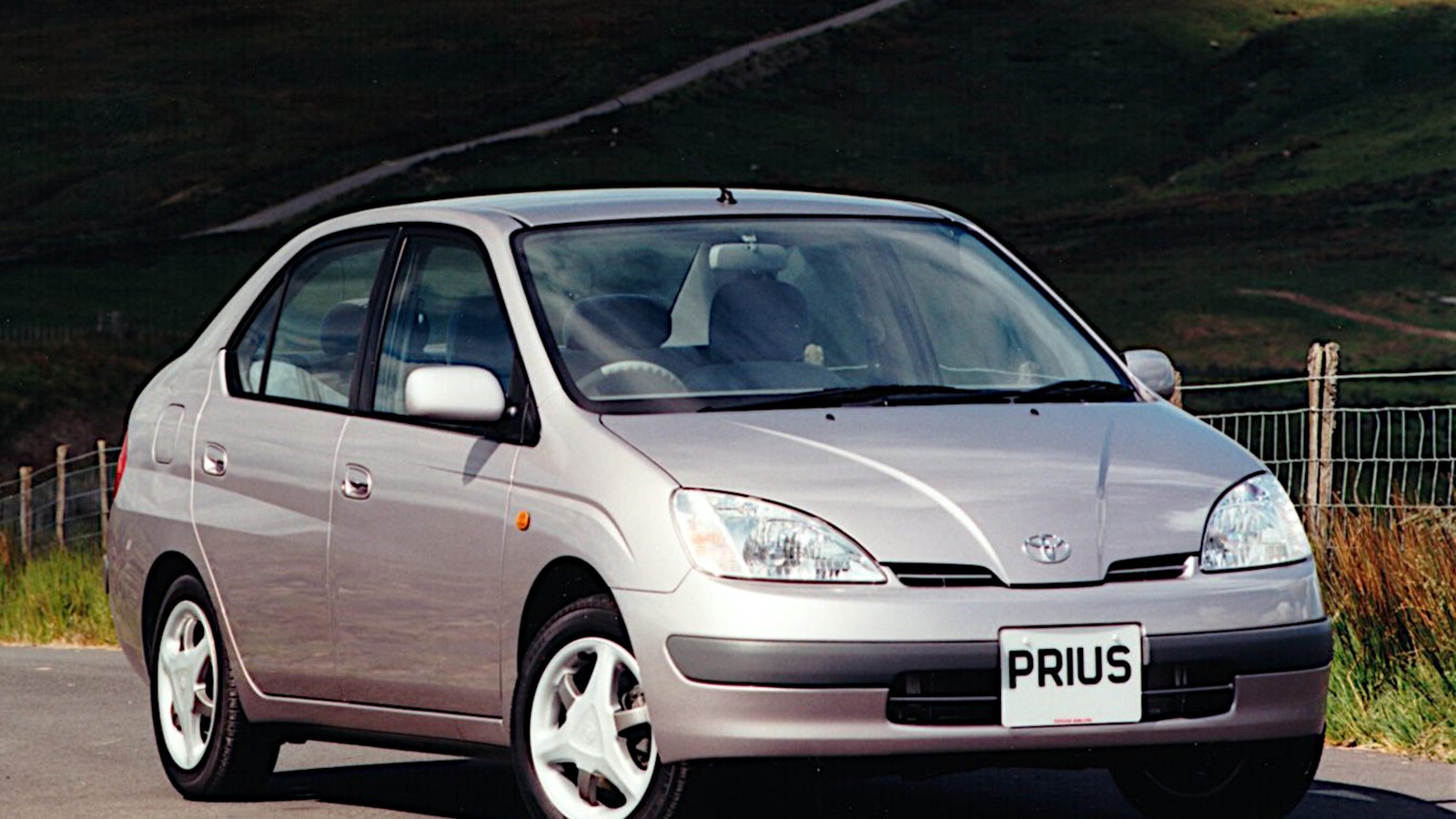 © Toyota
© Toyota -
 © Volkswagen
© Volkswagen -
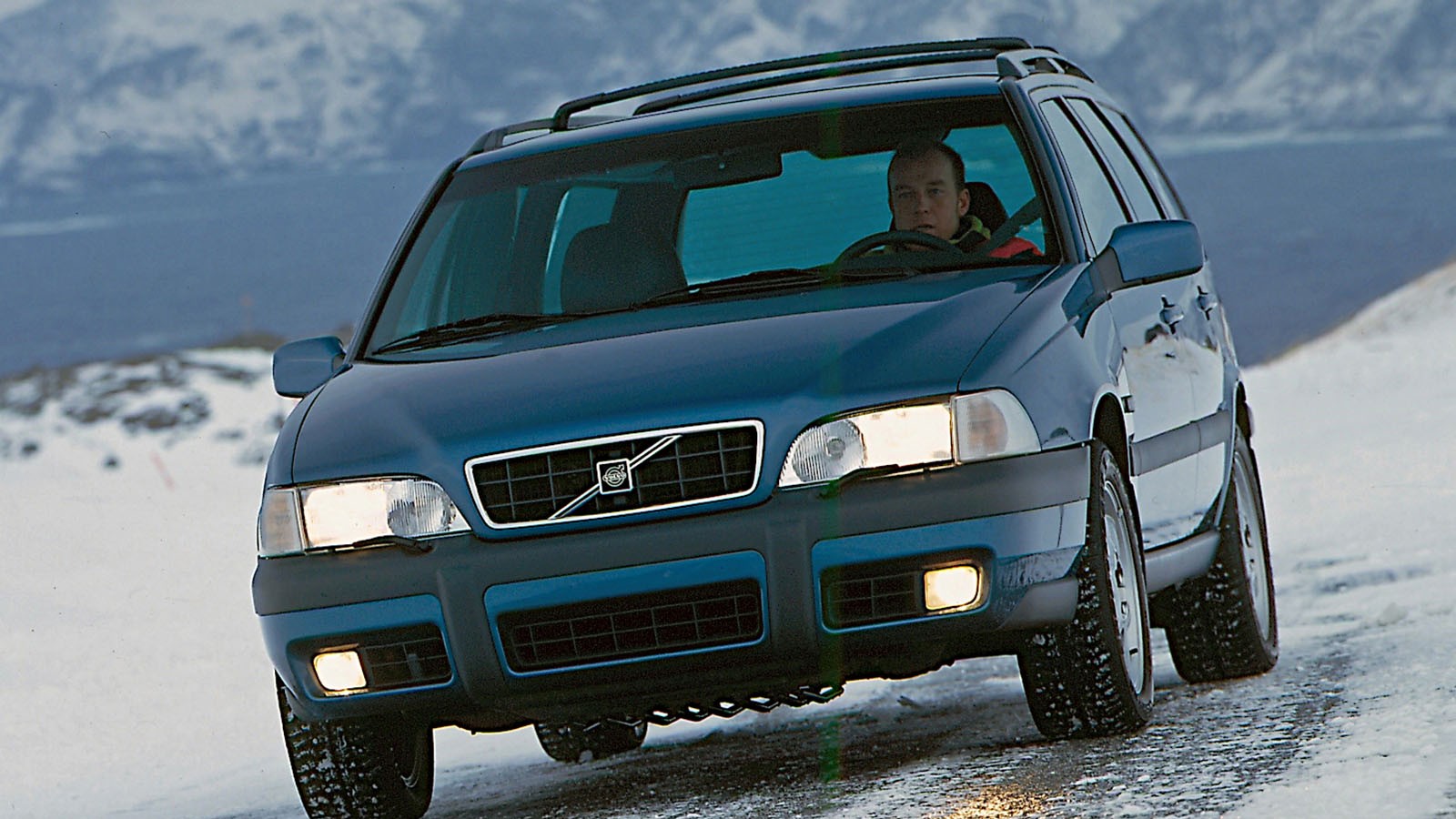 © Volvo
© Volvo -
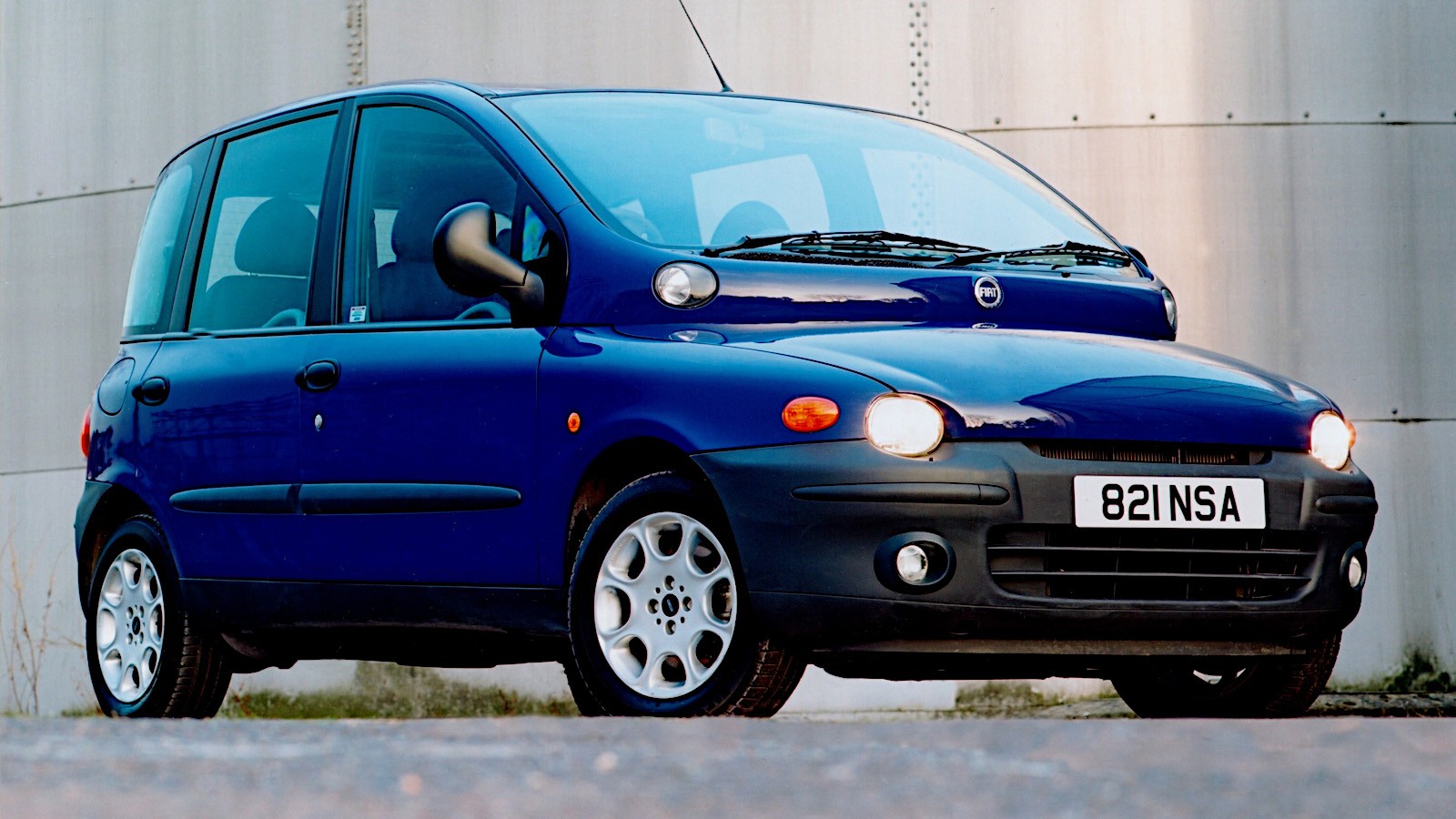 © Stellantis
© Stellantis -
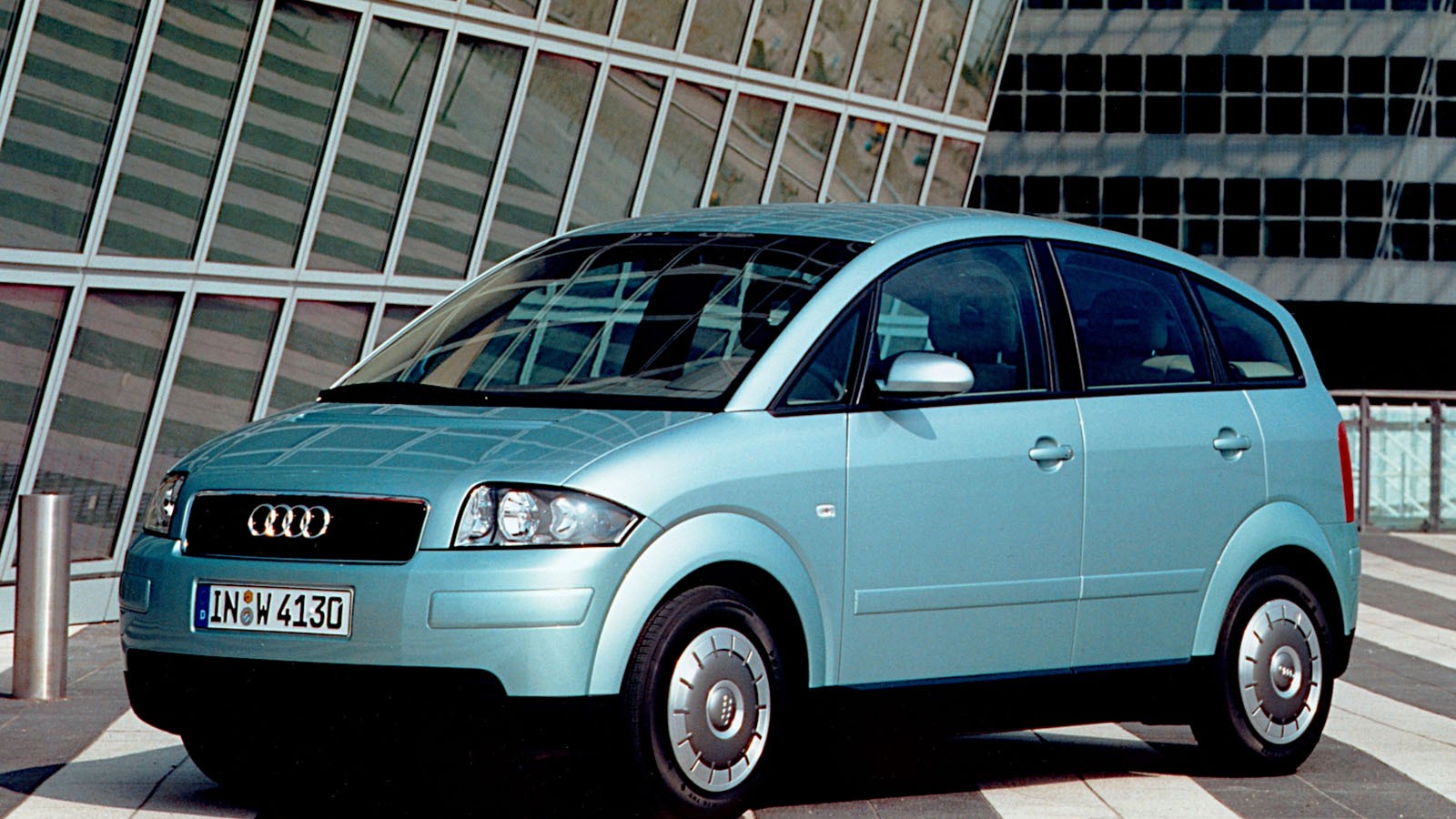 © Audi
© Audi -
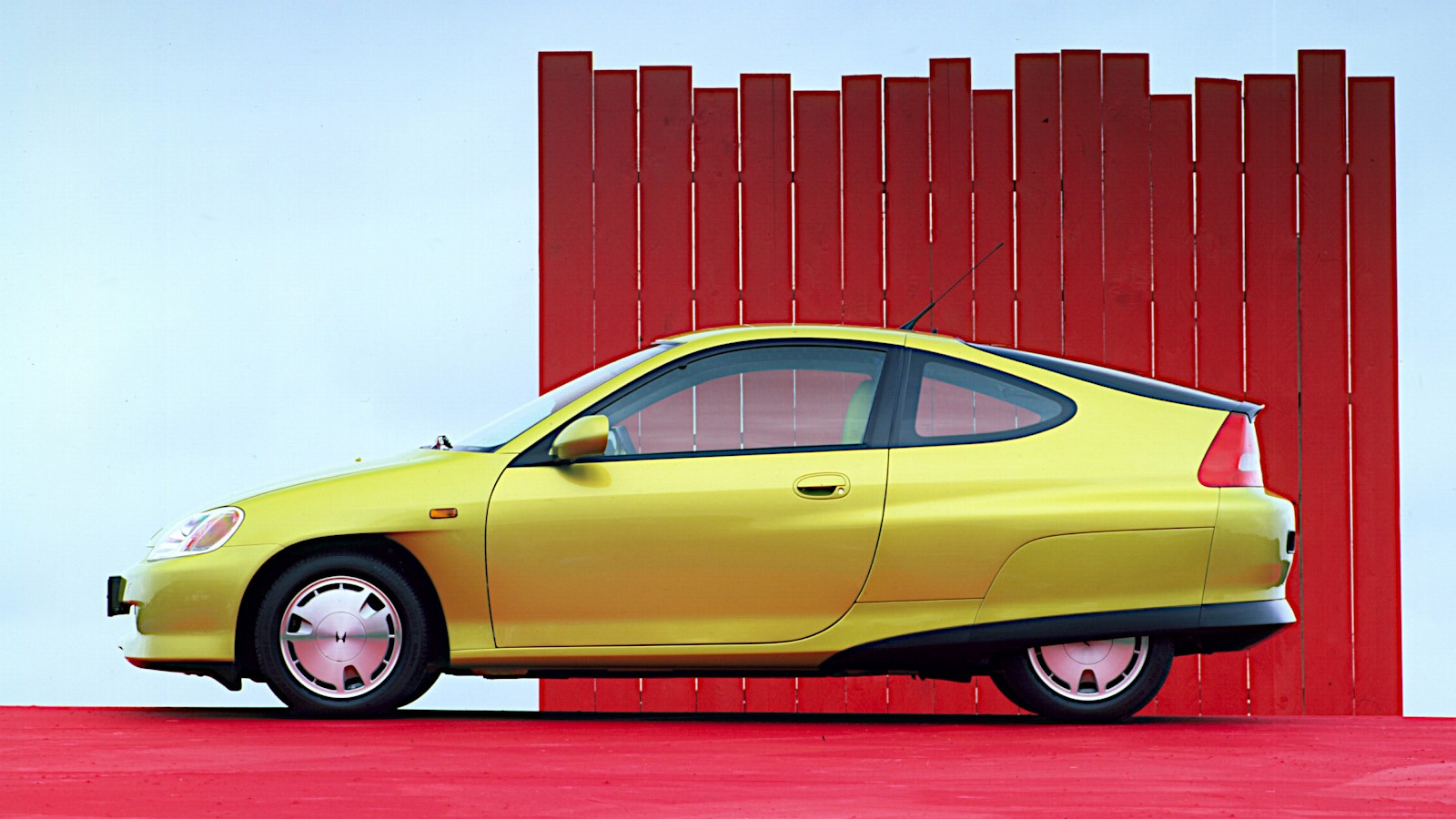 © Honda
© Honda
-
Back to the future
By the nature of things, most new cars – like most new songs, paintings, buildings and so on – are created according to established principles.
This can’t happen all the time, though, and in fact clearly hasn’t, otherwise we would all be driving around in Benz Patent Motorwagens.
At some point, someone is going to move the game forward by developing a car which breaks new ground and points the way towards the future.
It’s those models, futuristic in their own individual ways, which we’re looking at here in chronological order.
All of them were on sale to the public before the end of the 20th century.
-
1. 1934 Chrysler Airflow
The Chrysler Airflow was one of the very first production cars designed with aerodynamic efficiency in mind.
There were several versions, one of them branded as a DeSoto rather than a Chrysler, but they all had curvy bodywork and headlights integrated into the front end, rather than standing proud on either side of the radiator grille, as was customary at the time.
These principles are central to automotive design today, but in the 1930s they were so unfamiliar that customers were scared away, and instead bought cars that actually looked like cars (as they saw it) from other manufacturers.
Faced with poor sales and falling income, Chrysler quickly abandoned the Airflow, and did not come up with anything so adventurous for many years afterwards.
-
2. 1934 Citroën Traction Avant
The front-wheel drive which gave this Citroën its nickname was not new, and nor was its all-round independent suspension, but they were unusual in a mass-produced car sold before the Second World War.
What made the Traction Avant really special was its unibody construction, which meant the body was far lower than it would have been if it was perched on top of a separate chassis.
Overall, it was a brilliant design, but the enormous cost of developing it and creating a new factory in which to build it ruined Citroën financially.
Under the ownership of its saviour, Michelin, Citroën nevertheless persevered with the car, not abandoning it as Chrysler had done with the Airflow, but keeping it in production for more than two decades.
-
3. 1935 Chevrolet Suburban
The astonishing rise in the popularity of SUVs is mostly a 21st-century phenomenon, but in essence it dates back all the way to 1935.
The first Suburban must have appealed greatly to the American public’s strong sense of freedom, since it allowed several people to travel, with a great deal of luggage, more or less anywhere they wanted to in a non-commercial vehicle.
In its quiet way, the Suburban changed motoring for ever, but it took a long time for the rest of the motor industry to catch up.
-
4. 1935 Peugeot 402
Unlike the cars mentioned so far, the 402 was futuristic in a way that did not become commonplace.
It might have been influenced by the Chrysler of the previous year, which it resembles in profile, but Peugeot went a stage further aerodynamically by hiding its headlights behind the radiator grille, where they could still illuminate the road ahead but did not disturb the flow of air.
The same feature appeared in the later, and smaller, 202 and 302, but was not taken up by any other major car maker, and even Peugeot quickly abandoned it.
-
5. 1936 Cord 810
Cord’s headlight policy was even more extreme than that of Peugeot.
For its 810 and later 812, the American manufacturer hid the lights away completely in the front wings, from which they emerged only when required to do their job.
As if this wasn’t futuristic enough, Cord also dispensed with the usual vertical front grille, and instead allowed air to reach the radiator through horizontal louvres.
The Hupmobile Skylark and Graham Hollywood of the 1940s, both based on the Cords, retained the louvres but used more conventional headlights which remained in view at all times.
-
6. 1937 Vauxhall 10-4
Other than in the very earliest years of its existence, Vauxhall had never shown any interest in small cars, until financial imperatives obliged it to start work on what became known as the 10-4 or, alternatively, the H-type.
The new model immediately blew apart the 10hp class (dominated in the UK before its arrival by Ford, Morris and Standard) thanks to its cascade of technical innovations, which included hydraulic brakes, torsion-bar independent front suspension, synchromesh on two of the three forward gears and – most dramatic of all – unibody construction.
Oddly, while it showed the way forward for small British cars, the 10-4 did not do the same for Vauxhall itself.
The company had to abandon production in 1940 in favour of making trucks and tanks for the war effort, and when it brought back the 10-4 in peacetime, the car had become slower and much more expensive.
Vauxhall left this sector of the market in 1948, and would not return to it until the launch of the first-generation Viva 15 years later.
-
7. 1948 Tucker 48
The fact that it had a rear-mounted, aluminium-block, flat-six engine already made the 48 unusual, but this was not something that would be noticed by casual passers-by.
They were much more likely to give the car a second glance because of its styling, which was incredibly modern and almost impossible to imagine in anything built just a decade earlier.
The most startling feature of its generally arresting design was the fact that it had three headlights, one of them mounted in the middle.
In another world, the 48 might have become very influential, but in this one it was produced only briefly before the Tucker company collapsed, possibly (it has often been said) because other manufacturers wanted it out of the way.
-
8. 1949 Jaguar XK120
Astonished visitors who saw the Jaguar XK120 on display at the 1948 London motor show thought they were looking at a racing car.
What they were actually looking at was a showcase for the new straight-six XK engine, but demand became so strong that Jaguar decided to put the car into production.
Early versions had aluminium bodies, but Jaguar switched to steel (which was cheaper and easier to work with) in 1950.
The same basic design was used twice more, in the XK140 of 1954 and the XK150 which appeared three years later.
-
9. 1949 Saab 92
The original design for Saab’s first car was so strange that project leader Gunnar Ljungström felt obliged to defend it by saying, “If it can save 100 litres of fuel a year, it doesn’t matter if it looks like a frog.”
The styling was subsequently toned down, but not to the extent that the production model, known as the 92, appeared even remotely conventional.
What lay behind all this was that Saab had no automotive history, but was an aeroplane manufacturer establishing itself in a new industry it had no previous experience of.
It did this so well that the curious shape of the 92 was still evident in the Saab’s third model, the 96, which remained in production until 1980.
-
10. 1953 Isetta
The Isetta was initially developed by Iso (whose diverse portfolio also included refrigerators, scooters and very powerful sports cars) and taken over in 1955 by BMW.
It was among the first, and certainly one of the most famous, of the very economical European bubble cars, notable for the fact that its single door took up nearly the entire front end and made careful parking advisable.
The contemporary Messerschmitt KR175 looked even stranger, but there’s a case for saying that it was the Isetta which set the pattern for later bubble cars.
-
11. 1954 Kaiser Darrin
This extraordinary glassfibre-bodied sports car was one of the most remarkable vehicles ever produced by Kaiser Motors.
It was based on the Henry J (whose title consisted of the first name and middle initial of Kaiser’s chairman) and styled by Howard ‘Dutch’ Darrin, who really let his imagination take over.
Darrin’s sense of innovation even extended to the doors, which looked conventional enough, but slid forward and backwards rather than opening and closing as normal.
Unfortunately, all this inventiveness did not lead to sales success, and production came to an end after little more than 400 Darrins had been built.
-
12. 1954 Mercedes-Benz 300SL
The Mercedes-Benz 300SL was almost exactly what it appeared to be: a racing car adapted for normal road use and produced for sale to the few people who could afford it.
Technically interesting though it undoubtedly was, it qualifies for our list because it had a beauty not previously seen in road cars.
Its most fascinating feature was the pair of gullwing doors which, when opened fully (at which point every part of them was at or above the level of the roof) made the car look as if it was about to take flight.
From 1957, it was available not as a coupé but as a roadster with conventional doors – still unquestionably beautiful, but not quite as futuristic as it had been before.
-
13. 1955 Citroën DS
In Mythologies, a collection of essays published in 1957, the French philosopher Roland Barthes wrote, “The new Citroën has fallen from the sky inasmuch as it appears at first sight as a superlative object”.
To an even greater extent than the Traction Avant, the Citroën DS was a technological marvel, with hydropneumatic suspension, a remarkably aerodynamic body, high-level rear indicators and, from 1967, directional headlights.
But Barthes was correct to point out that it was clearly a thing of wonder regardless, rather than because, of how cleverly it had been designed.
There had been nothing like the DS before, and there has been nothing quite like it since.
-
14. 1959 Mini
The Mini was an almost unbelievable creation from a company whose immediately preceding small car had been the thoroughly conventional Austin A35.
Front-wheel drive, though still not the norm, was at least familiar when the Mini arrived on the scene, but this was the car which popularised it, even if BMC’s decision to mount the gearbox underneath the engine rather than beside it was generally ignored by other manufacturers.
Futuristic in 1959, it was hugely popular in the following decade, performing triple duty as a sensible family car, a style icon and an outstandingly successful competition machine.
It became old-fashioned after that, as it was bound to, but there was still enough demand for production to continue until 2000, long after every other car launched in 1959 had been consigned to history.
-
15. 1960 Chevrolet Corvair
Although the Chevrolet Corvair would become, perhaps unfairly, the poster child for dynamically suspect American cars of the 1960s, it was startlingly modern when it first appeared.
In a way, it still is: no other mass-produced car designed in the US has been powered by an air-cooled engine mounted behind the rear wheels, and it seems unlikely that this will ever be repeated.
The Corvair was also quite a looker, and, oddly enough, seems to have inspired the design of far smaller European cars such as the NSU Prinz, the Hillman Imp and perhaps the Zaporozhets.
-
16. 1961 Jaguar E-type
The Jaguar E-type (marketed as the XK-E in North America) might not have had quite the same initial shock value as the XK120, but if anything it was even more widely admired.
Contemporary reports give a sense that many people had not realised how beautiful a car could be until the new Jaguar broke cover.
Partly for legislative reasons, the design evolved over the years, and not in a manner generally considered favourable.
A late E-type is still a handsome machine, though, even if it might lack the elegance of a Series 1.
-
17. 1962 Studebaker Avanti
Like the Citroën DS, the Studebaker Avanti is a car whose design was almost entirely ignored by the rest of the motor industry.
Just about the only thing it shares with anything built later is its wraparound rear window, which was also a distinctive feature of the Brasinca Uirapuru and the Jensen Interceptor.
Other than that, this very fast (especially if supercharged) and visually dramatic four-seater resembles almost nothing else, so it still appears futuristic all these decades after its launch.
It wasn’t successful enough to save Studebaker, which closed in 1967, but, given how far the company had fallen since the early 1950s, perhaps nothing could have been.
-
18. 1964 Ford Mustang
We could argue for days about the exact definition of the term ‘pony car’, but it’s generally agreed to mean a high-performance but reasonably priced coupé or convertible.
There’s a case for saying that the Plymouth Barracuda was the first of them, but credit for popularising the concept generally goes to the first-generation Ford Mustang, at least when it was fitted with a V8 engine rather than the less impressive Thriftpower straight-six.
It was an immediate hit – according to Ford, 100,000 had been sold within four months of launch, and the millionth example was built just two years after the first.
On top of that, research showed that the Mustang attracted a new type of customer (young, female, single, or any combination of the three) who would previously have been far less likely to choose a Ford.
-
19. 1966 Lamborghini Miura
The Lamborghini Miura was not the first mid-engined sports car (that was the slightly earlier René Bonnet Djet, later rebranded as a Matra) but it was the first to which the term ‘supercar’ could reasonably be applied.
Since it was tucked away between the cockpit and the rear axle, the Miura’s 3.9-litre V12 engine had no influence on the shape of the body, which could therefore be made low, swoopy, novel and exciting.
Other than a concept displayed in 2006, nothing since has looked quite like the Miura in detail, but in more general terms its design has been echoed in every sports car whose engine lies behind the seats, whether it was built by Bugatti, Chevrolet, Ferrari, McLaren or anyone else.
-
20. 1967 NSU Ro80
A dozen years after the launch of the Citroën DS, NSU brought out a model which, though less well remembered today, was almost equally dazzling.
Under its aerodynamic body, the Ro80 had all-round disc brakes and independent suspension, a semi-automatic clutch (operated simply by touching the gearlever) and a twin-rotor engine of the type which seemed, at least to some people, to be the future of motoring in the late 1960s.
The engine was the car’s downfall. It was majestically unreliable at first, and by the time that had been sorted the reputation of rotaries in general was becoming tainted due to their suboptimal fuel economy and exhaust emissions.
The Ro80 remained in production for a full decade, but it caused so much damage to NSU that the brand was withdrawn from the market by its owner, Volkswagen.
-
21. 1973 Lancia Stratos
The pace of development in international rallying in the early 1970s was so extreme that Lancia realised it would have to abandon its very successful Fulvia coupé and come up with something much faster.
In a single leap, roughly analogous to replacing a camel with a racehorse, Lancia went from a front-wheel-drive car with a 1.6-litre V4 engine to the Stratos, which had a 2.4-litre Ferrari V6 mounted between the rear wheels.
The new car looked incredible and performed accordingly, giving Lancia the World Rally Championship title (contested in those days only by manufacturers, not drivers) every year from 1974 to 1976.
It might have continued along these lines after that, but for political reasons it was in turn replaced as Italy’s premier rally car by the similarly successful Fiat 131 Abarth which, whatever its merits, could hardly be described as futuristic.
-
22. 1974 Lamborghini Countach
The progression from the Lancia Fulvia to the Stratos was echoed one year later by that achieved by Lamborghini.
Only eight years separate the introductions of the Miura and the Countach, but they look like the products of entirely different ages.
The Countach’s appearance, often to be seen on posters stuck to the walls of children’s bedrooms in the 1970s, was almost unbelievably more aggressive, and enhanced by the hugely exciting feature of scissor doors.
It remained in production until 1990, and was still almost as modern then as it had been more than a decade and a half before.
-
23. 1976 Aston Martin Lagonda
One thing that could be said of almost all post-war Aston Martins introduced before The Beatles disbanded was that they were attractively curvy, but this definitely did not apply to the Lagonda.
It was designed by William Towns, who favoured flat surfaces and sharp edges, and employed them liberally here.
Towns softened the design towards the end of the Lagonda’s production life in 1987, but even after that it still looked quite different from any other Aston.
As if its appearance wasn’t futuristic enough, the Lagonda was also a very early example of a car with electronic instrumentation, though the technology wasn’t advanced enough for this to be fully reliable.
-
24. 1977 Matra Rancho
If anyone had known what ‘crossover SUV’ meant in 1977, they would almost certainly have used the term to describe the Matra Rancho.
This exceptionally unusual vehicle was based on the Simca 1100, and looked like one if seen from the front, but most of its bodywork was unique.
There were two rooflines, the one at the rear being much higher than the one at the front to provide lots of vertical space for luggage and the back-seat passengers, who were well illuminated by the regular side windows and another set mounted above them.
Although the Rancho still looks very distinctive, the idea behind it now seems familiar, but back then it was startlingly new and innovative.
-
25. 1980 AMC Eagle
Like the Matra Rancho, the AMC Eagle could be considered as an early crossover SUV, though it was also a precursor of later estate cars adapted for off-road use.
There were various body styles, but every Eagle had four-wheel drive and much more ground clearance than regular passenger cars.
This very innovative model survived the AMC takeover by Chrysler, but was dropped a year later.
-
26. 1980 Renault Fuego
Based on the conventional 18 saloon, the Fuego (the first Renault for many years with a name rather than a number) was the replacement for the 15 and 17 coupés of the previous decade.
Today, the styling of the earlier cars seems more exotic, but in 1980 the Fuego was considered very adventurous, partly because of its looks and partly because of the unusual feature of remote central locking.
The 1.6-litre turbo petrol engine which became available during the production run (appropriately, since Renault had been the company which introduced turbocharging to Formula One) was thought of as being quite adventurous, too, and gave the car the performance its looks suggested.
Relatively futuristic for a Renault of its time, the Fuego fell out of favour when coupé body styles became unpopular, and was not directly replaced.
-
27. 1982 Ford Sierra
After 20 years of Cortinas, the Ford Sierra came as an unpleasant surprise to many motorists, particularly those in the UK.
The new model was unfashionably rear-wheel drive, and the various engines available in it had been around for a long time, but the uncomfortably radical body styling seem formless compared with that of all the Cortinas, and led to the Sierra being nicknamed ‘jelly mould’.
The turbocharged Cosworth versions were received more warmly, since they looked very dramatic and performed brilliantly in international motorsport.
Over time, familiarity reduced the Ford Sierra’s shock value to approximately that of rice pudding, and by the time it was replaced by the Mondeo in 1993 it had started to seem very out of date.
-
28. 1984 Dodge Caravan/Plymouth Voyager
Two vehicles created on either side of the Atlantic are both hailed as being the first modern MPVs.
The American one was developed by Chrysler and marketed on its home turf as either the Dodge Caravan (pictured) or the Plymouth Voyager, while in Europe, where neither the Dodge nor the Plymouth name meant much, it was sold as the Chrysler Voyager.
They performed much the same function as the original Chevrolet Suburban had half a century earlier, but by now the Suburban name was being used for what was unquestionably an SUV, so the connection was no longer obvious.
In the 1970s, there was a similar vehicle known as the Plymouth Voyager or Dodge Sportsman, but this was essentially a van with windows, which is not quite the same thing as an MPV.
-
29. 1984 Renault Espace
The Renault Espace was both the European equivalent and the exact contemporary of the Chrysler MPVs, and predated all other vehicles of this type in the region.
Although the Espace performed much the same function as its American counterparts, it had more adventurous styling (most notably a one-box shape as opposed to the two-box arrangement favoured by Chrysler) and therefore seemed more like a vehicle of the future.
Adjusting to market forces, Renault followed the original Espace with three more MPVs of the same name, but switched to the now more popular SUV format for the fifth generation.
-
30. 1986 Porsche 959
It was almost as if someone had put a Porsche 911 from a later century into a time machine and sent it back to the 1980s.
The 959 had approximately the same profile as Porsche’s most famous car (still only in its second generation despite having been launched more than 20 years before), but its design had been thoroughly updated.
So had its specification. The 959 had a 2.5-litre twin-turbo flat-six engine which drove all four wheels, resulting in an official 0-62mph time of just 3.7 secs and a top speed close to 200mph.
Still impressive now, these performance figures seemed like fantasy in 1986, yet they were available to anyone who could afford Porsche’s most high-tech car of the era.
-
31. 1990 Honda NSX
The fact that Honda, scarcely regarded as the most adventurous of car makers, actually produced a supercar was itself almost a vision of a distant future.
It didn’t hurt that F1 World Champion Ayrton Senna had been involved in its development, but the NSX hardly needed that kind of help to make it seem appealing.
The car looked incredible, performed very well (though the output of its 3-litre and later 3.2-litre V6 engine was relatively modest) and, perhaps most importantly of all, handled superbly.
Production ended in 2005, and it took Honda more than a decade to come up with a replacement.
-
32. 1997 Toyota Prius
Most people are familiar with petrol-electric hybrids today, but the idea was almost baffling when the first-generation Toyota Prius was launched.
Onlookers were confused when a Prius accelerated away from them with no accompanying engine noise, and in some cases wondered why such a thing would happen.
Unlike later versions, the first Prius had a slightly odd appearance (the word ‘frumpy’ was occasionally used, especially in reference to its rear half).
Perhaps it was appropriate – this was a car of the future, and those should never look ordinary.
-
33. 1997 Volkswagen Beetle
If you object that a retro-styled car can hardly be futuristic, you make a fair and reasonable point.
But the Volkswagen Beetle, previewed in 1994 as the Concept One, started a new trend, since it was the first modern example of a manufacturer creating a car which, though technically very different, closely resembled one it had produced decades before.
Although it was based on the Golf, and had the engine and driving wheels at the opposite end, the design of the Beetle clearly echoed that of the car VW had introduced in 1938 and was still building in Mexico six years after its lookalike arrived.
A similar tactic was also employed for the Chevrolet Camaro, Ford Mustang, Fiat 500 and various BMW-era MINIs, but Volkswagen got there first.
-
34. 1997 Volvo V70 Cross Country
Similar in concept to the AMC Eagle, the Cross Country was more obviously based on an existing production vehicle – namely, the V70, successor to Volvo’s 850 estate.
It clearly wasn’t designed from scratch as an off-roader, but it could cope with much more difficult conditions than anything that looked vaguely similar, thanks to its increased ride height, four-wheel drive and extra body protection.
At the time, it wasn’t immediately obvious that this was a sign of things to come, but Volvo continued the idea through two more generations, changing the name first to V70 XC and then to XC70.
Other manufacturers followed where Volvo had led – the Škoda Octavia Scout, Volkswagen Passat Alltrack, Vauxhall Insignia Country Tourer and allroad versions of the Audi A4 and A6 were all based on the same principle, as was (to a more limited extent) the front-wheel-drive, Rover 25-based Streetwise hatchback.
-
35. 1998 Fiat Multipla
The Fiat Multipla was an impressively practical compact MPV with six seats arranged in two rows of three.
It’s not remembered for that so much as for its appearance, which caused considerable comment from the moment Fiat issued the first images, including comparisons to a psychotic cartoon duck.
No car had ever looked like the Multipla before, and no car would again – including, paradoxically, the Multipla.
Fiat thoroughly revised the front end in 2004, and in doing so made the car look far less futuristic, but also far less interesting.
-
36. 1999 Audi A2
The Audi A2 opened a new path for small-car design in the 21st century – or, at least, it appeared to.
Aluminium construction meant that it was light, and therefore economical, and also cheap to run.
For the same reason, it was also very expensive to buy, which is never an ideal situation for a mass-market supermini.
As futuristic cars often do, this one flopped, and was abandoned in 2005, not to be replaced by anything remotely similar until the more conventional A1 came along five years later.
-
37. 1999 Honda Insight
If the Toyota Prius had seemed odd, Honda’s hybrid was just plain weird.
In order to maximise fuel economy as far as possible, the Insight was given a very aerodynamic body shape, and its rear wheels were almost completely enclosed so that they didn’t disturb the surrounding air.
It was certainly a car of the future, but not of the distant future.
Production ended in 2006. The second Insight, introduced three years later, seemed very ordinary by comparison.
